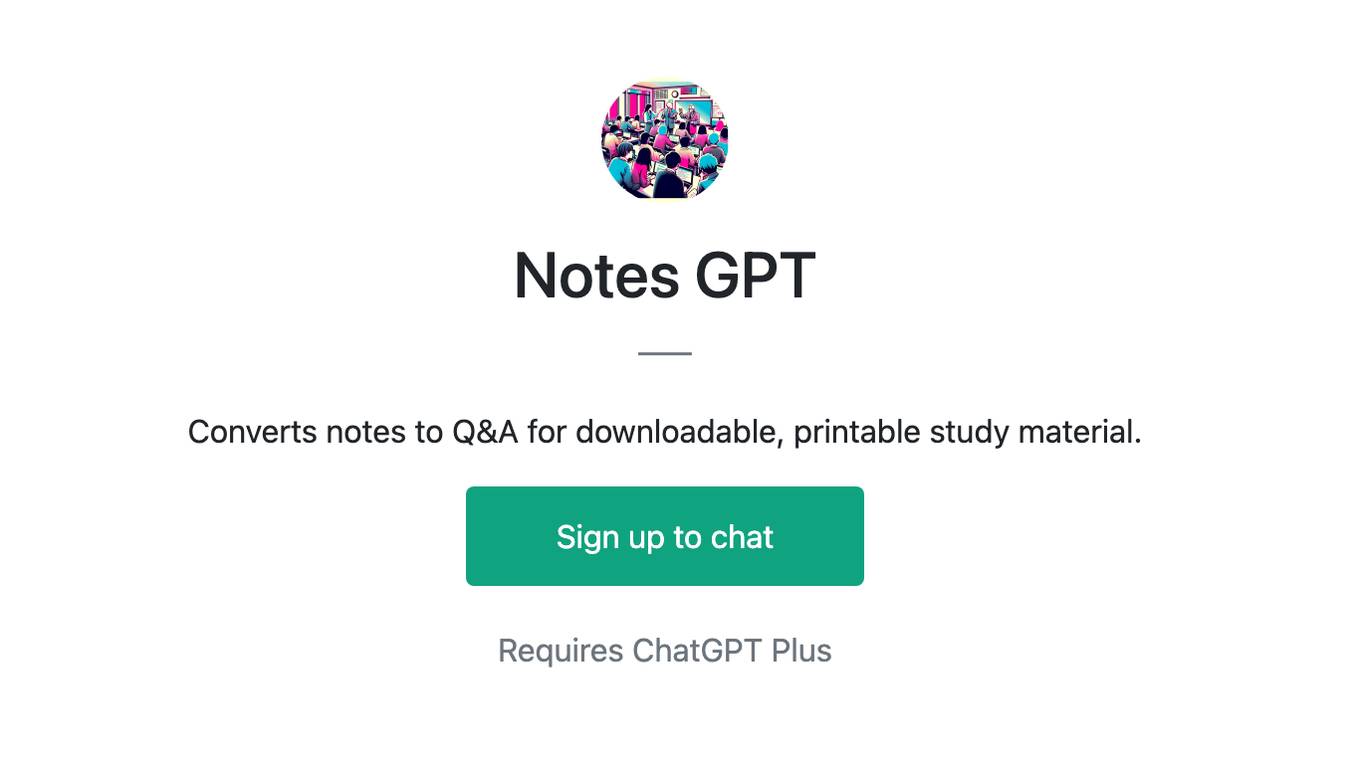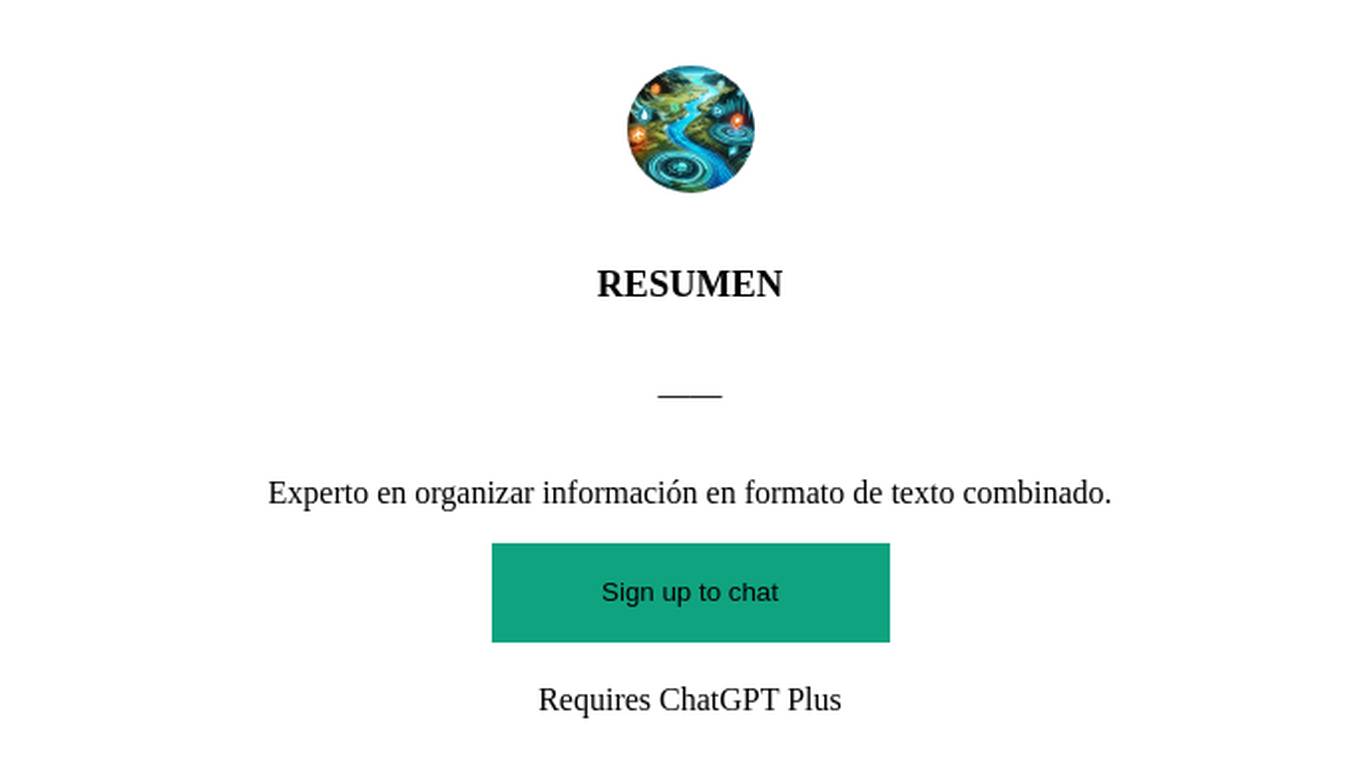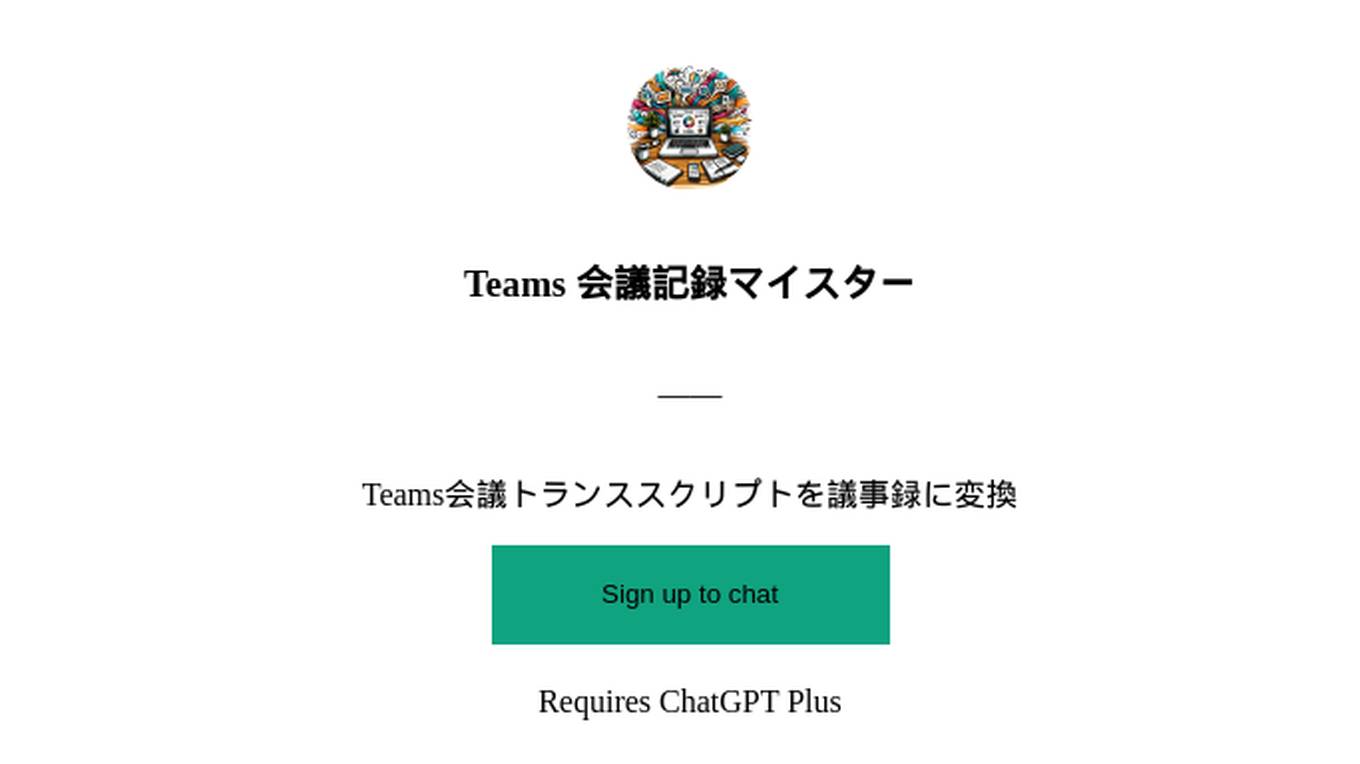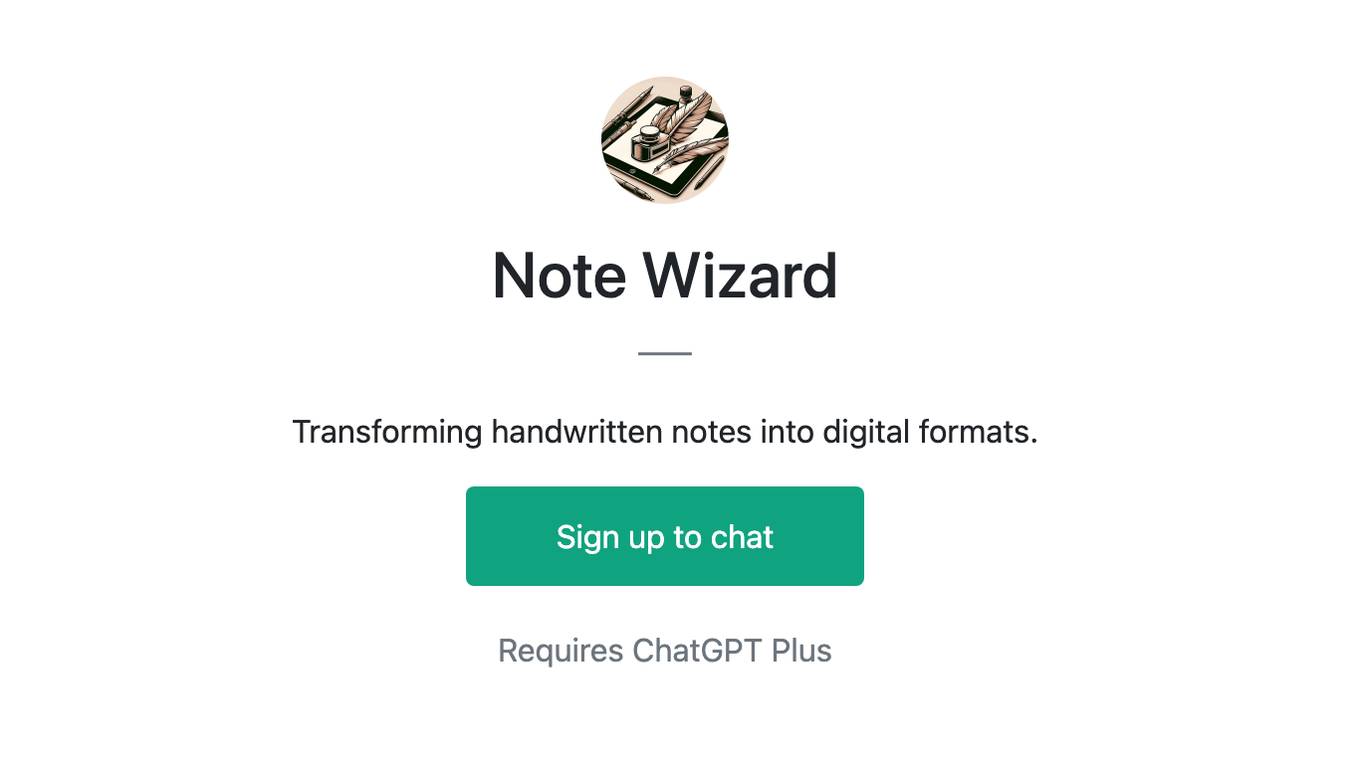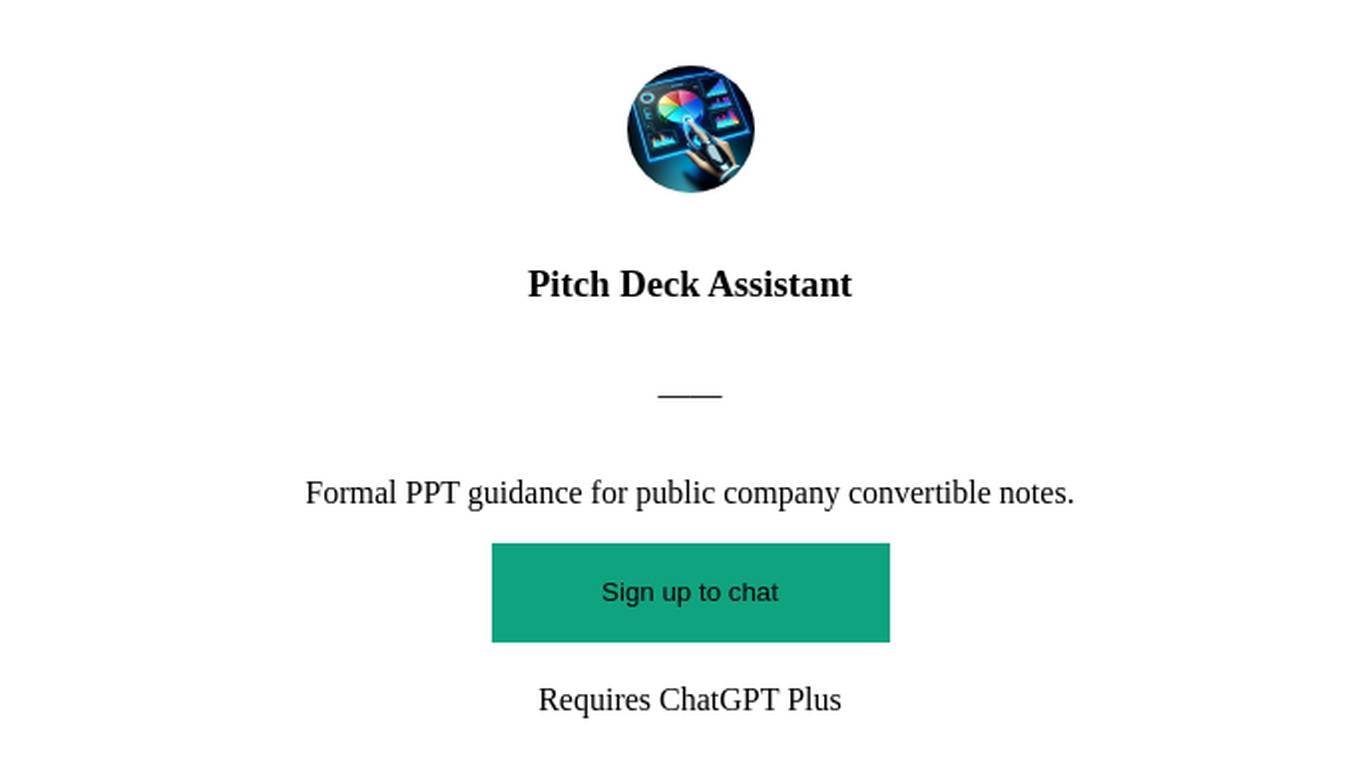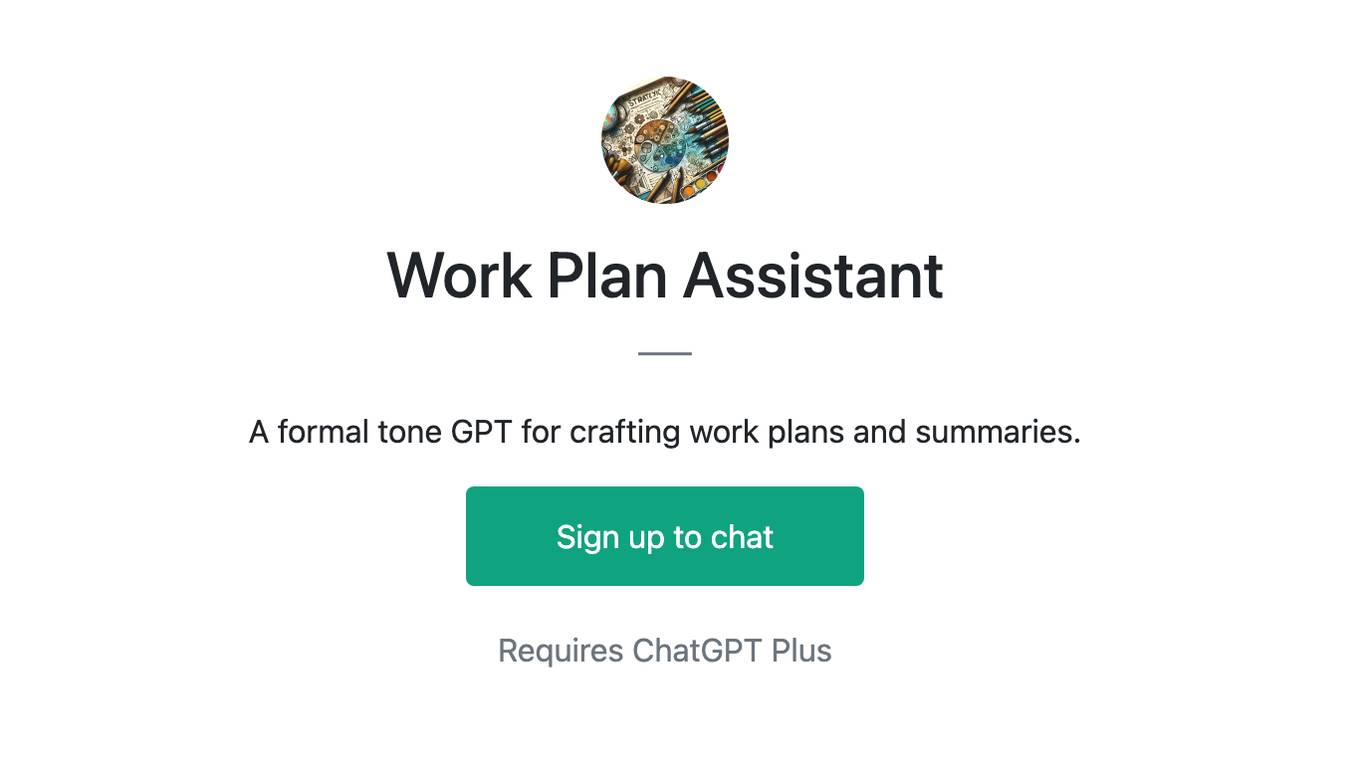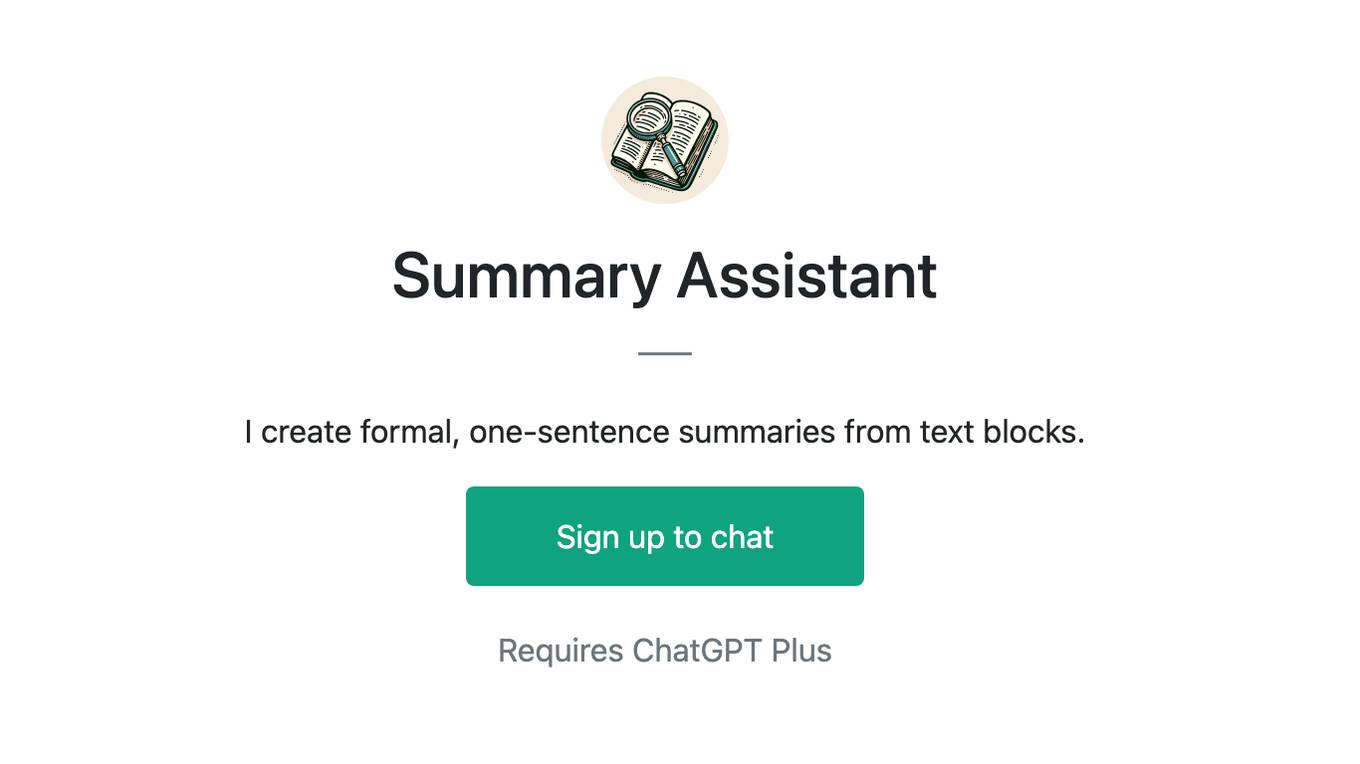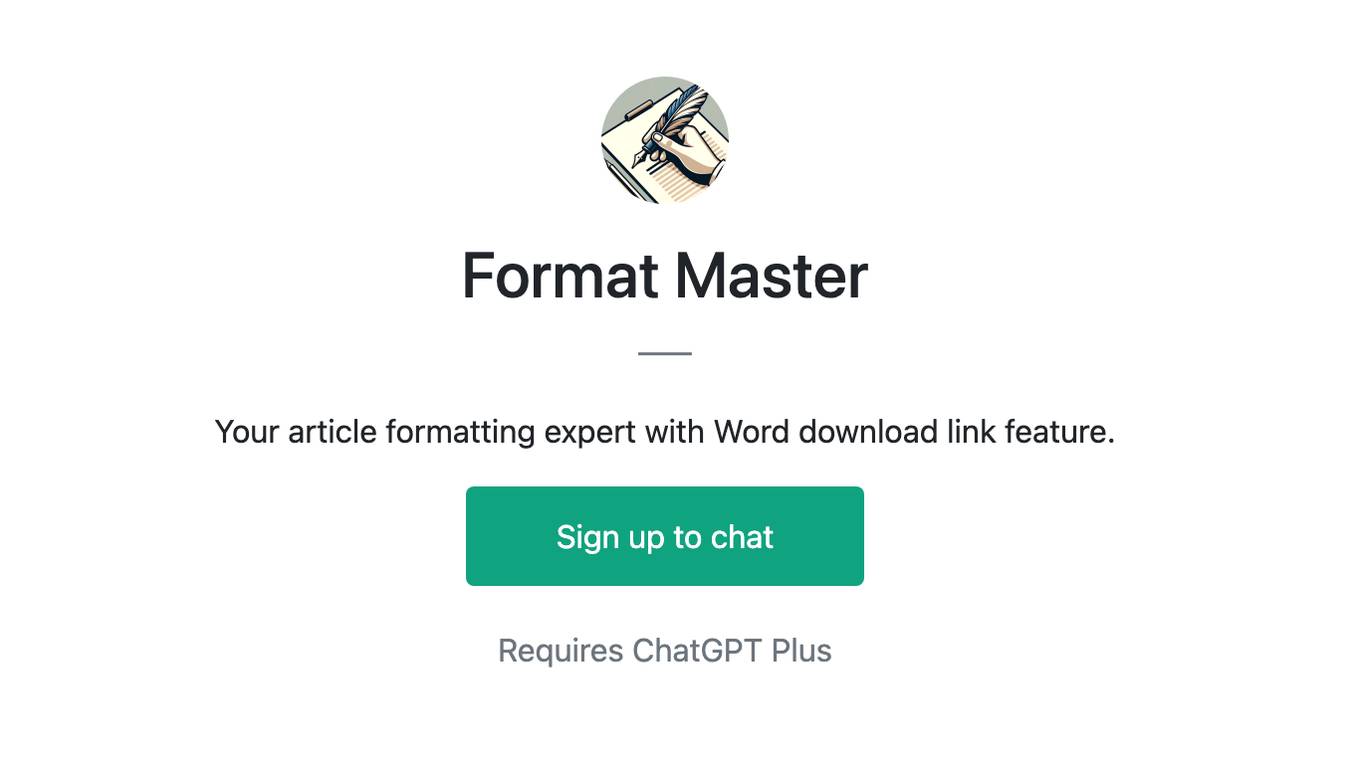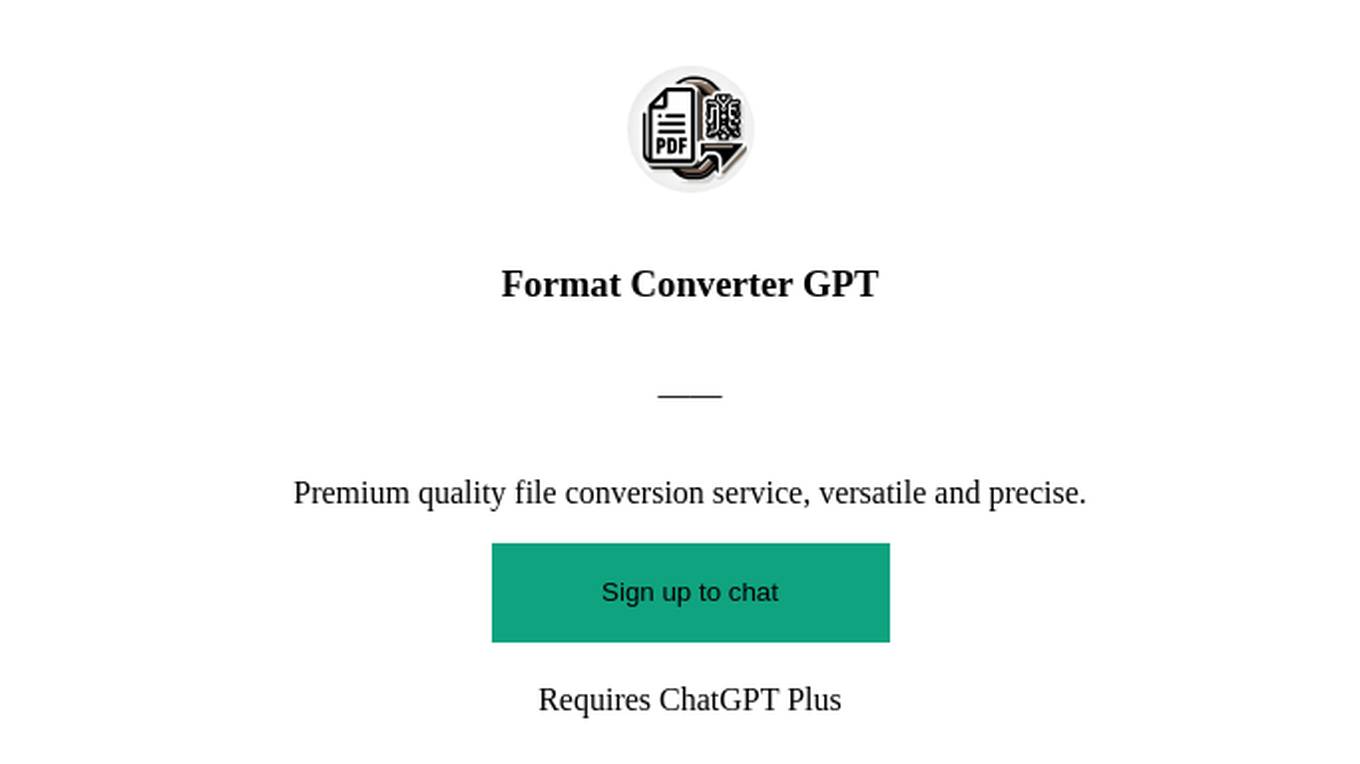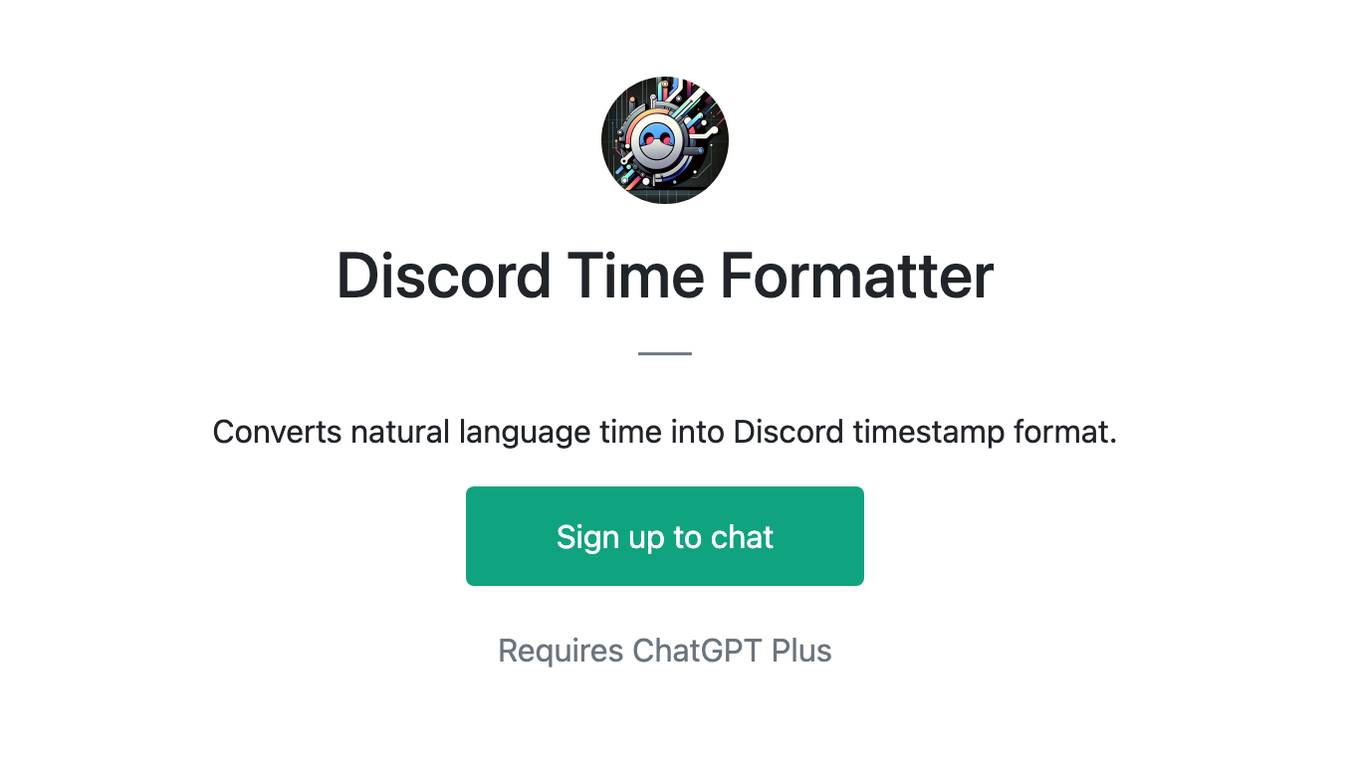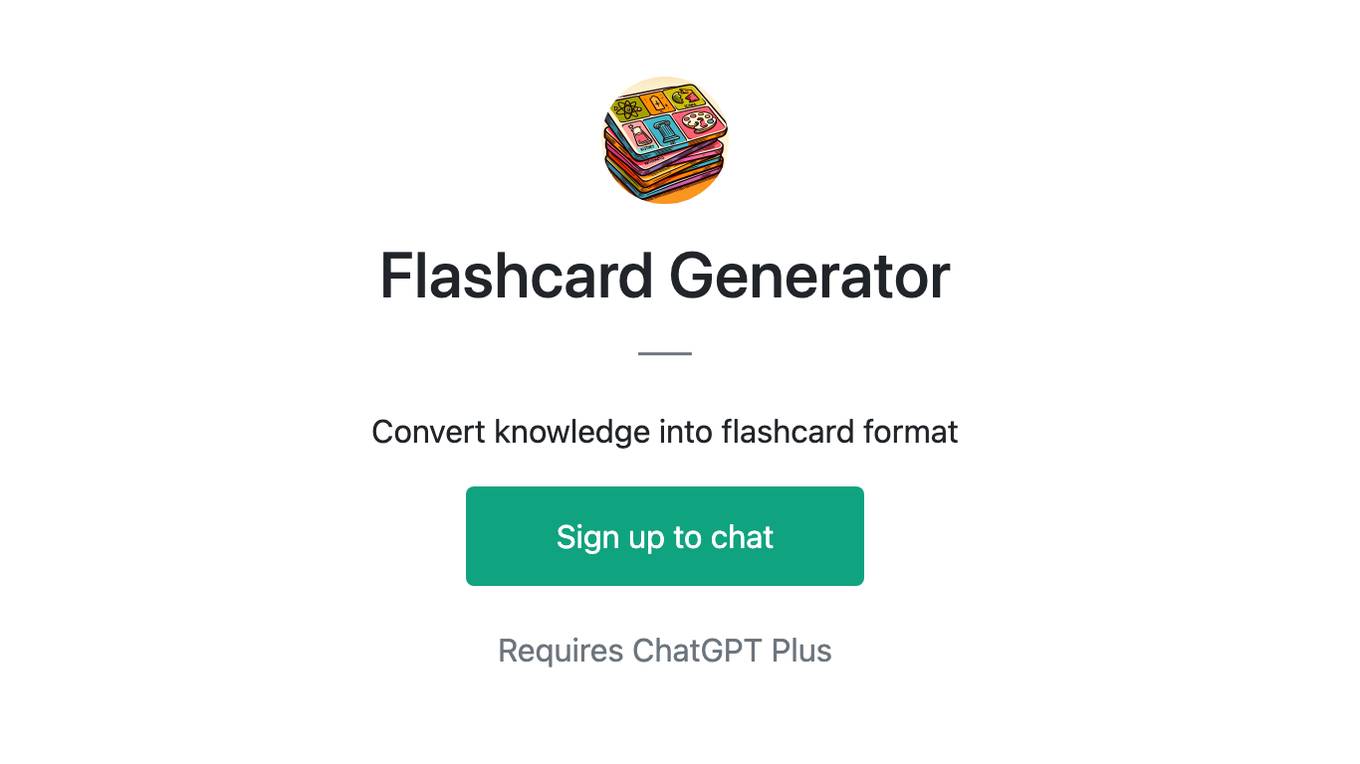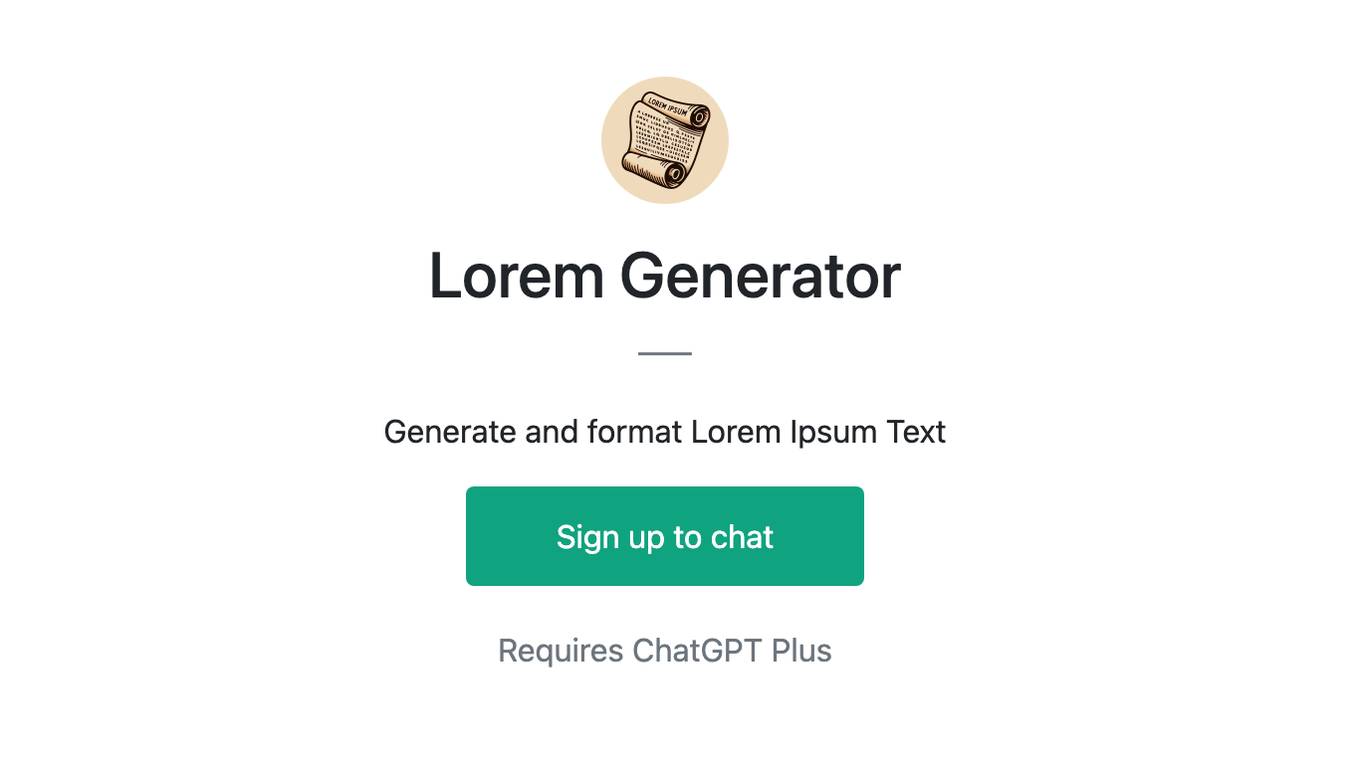Best AI tools for< Format Notes >
20 - AI tool Sites
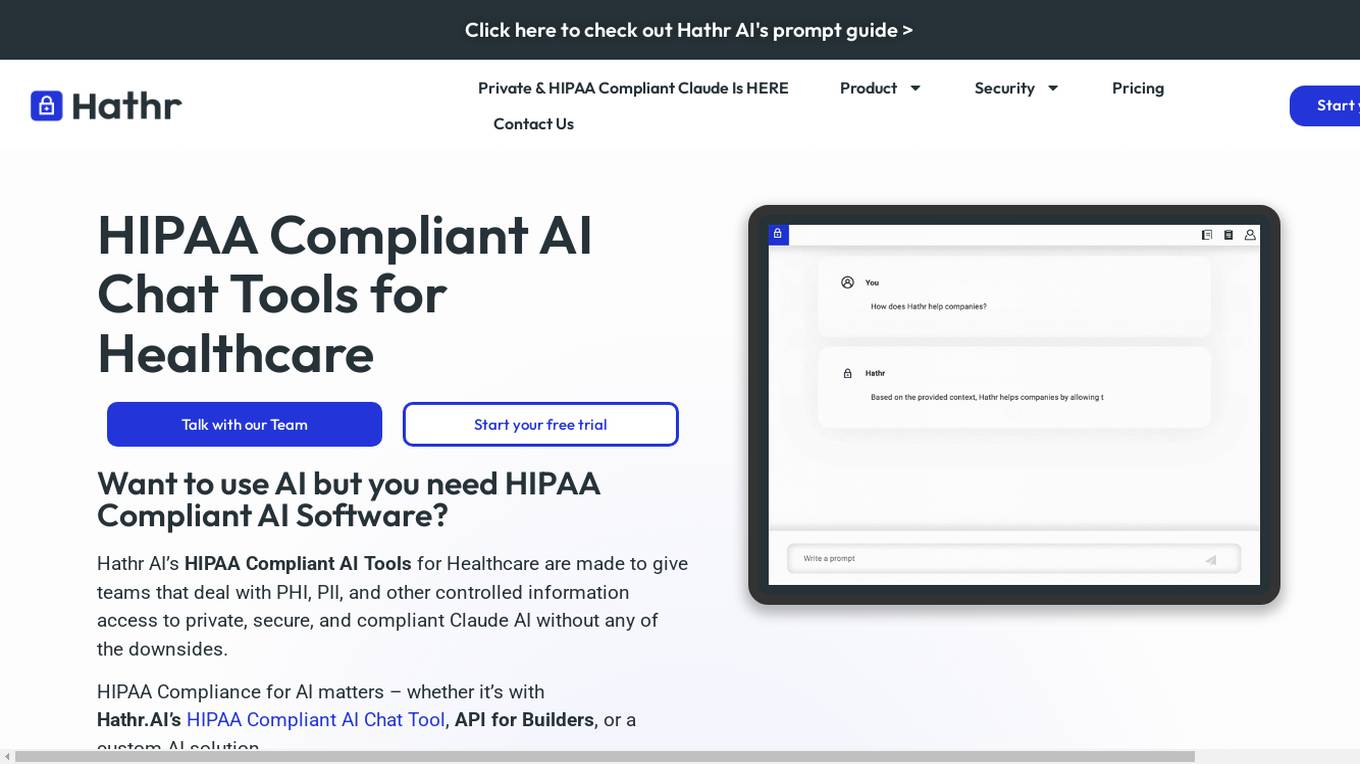
Hathr AI
Hathr AI offers HIPAA Compliant AI Tools for Healthcare, providing secure, private, and compliant AI solutions for teams dealing with PHI, PII, and other controlled information. The platform enables users to format notes, summarize sensitive information, automate billing, conduct record reviews, and more while ensuring data privacy and HIPAA compliance. Hathr AI's flexible AI tools are hosted in AWS GovCloud, offering durable, repeatable, and flexible workflows for organizations in healthcare, government, and other regulated industries.
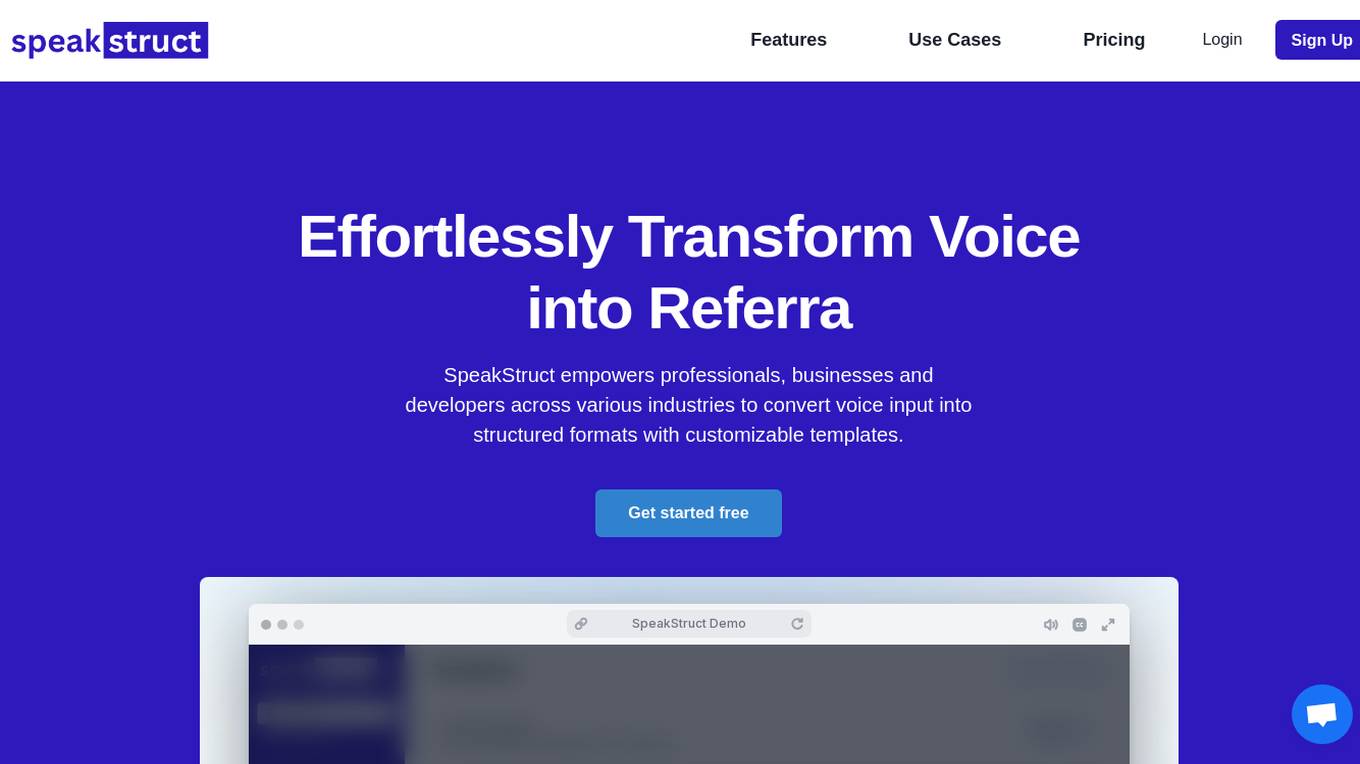
SpeakStruct
SpeakStruct is an AI-powered application that enables professionals, businesses, and developers to effortlessly convert voice input into structured formats using customizable templates. The platform leverages advanced AI and natural language processing to ensure high accuracy in voice transcription and data structuring, making it ideal for various industries such as sales & marketing, customer support, product & engineering, financial/mortgage advisors, and healthcare professionals. SpeakStruct's flexible template builder allows users to tailor the application to their specific needs, capturing voice input from any channel and transforming it into a consistent, structured format.

Release Notes Generator
The Release Notes Generator is a web-based tool that helps users easily create release notes for their software products. It simplifies the process of documenting changes and updates in a structured format. Users can sign in to their accounts or create new ones to access the generator. The tool offers a convenient way to communicate software updates to users and stakeholders.
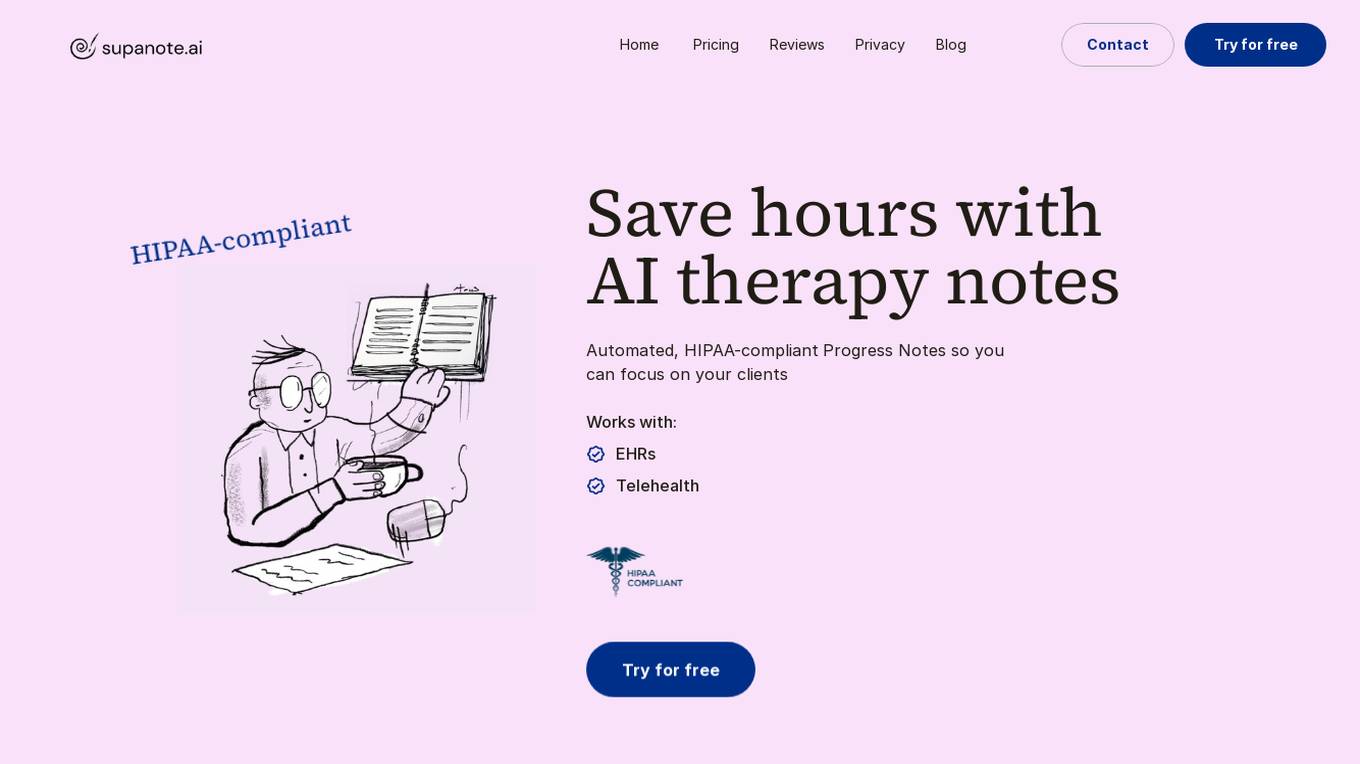
Supanote
Supanote is an AI therapy notes application that offers HIPAA-compliant automated progress notes to help therapists save time and focus on their clients. The tool is designed for therapists, social workers, psychologists, and coaches to streamline the note-taking process. Supanote generates accurate notes in custom formats, ensuring data security and compliance with top-tier security measures. It is specifically trained for psychotherapy and coaching use-cases, providing responsible and high-quality notes while respecting client privacy. The application supports various session formats, including in-person, online sessions, dictation, and audio recordings.
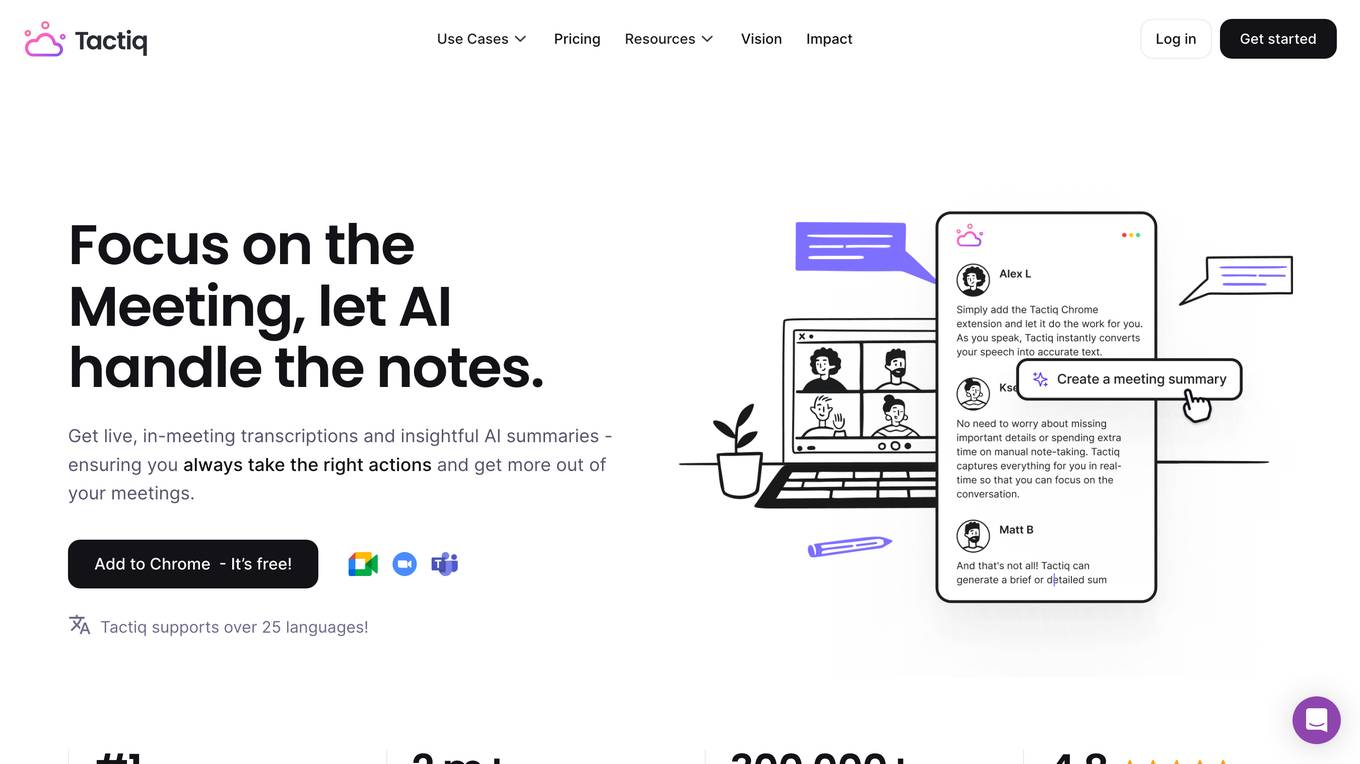
Tactiq
Tactiq is a live transcription and AI summary tool for Google Meet, Zoom, and MS Teams. It provides real-time transcriptions, speaker identification, and AI-powered insights to help users focus on the meeting and take effective notes. Tactiq also offers one-click AI actions, such as generating meeting summaries, crafting follow-up emails, and formatting project updates, to streamline post-meeting workflows.
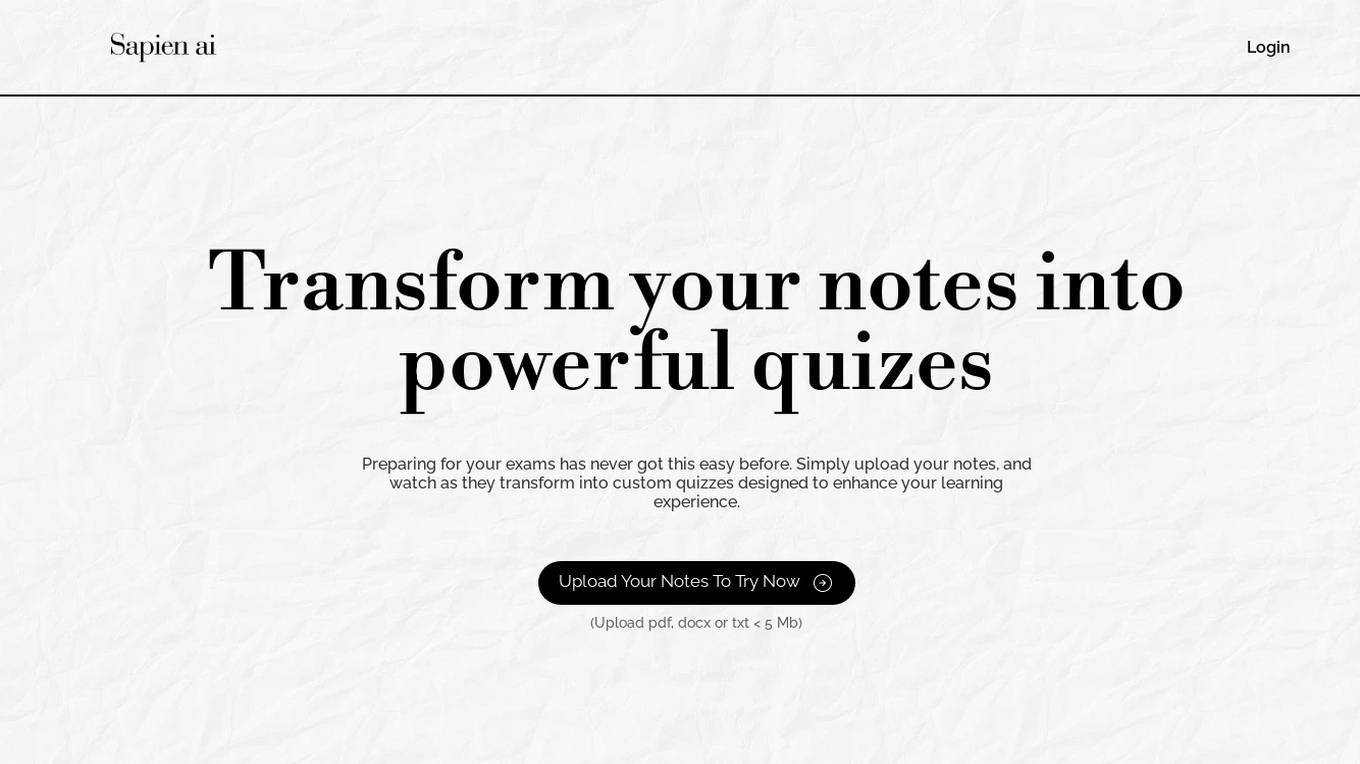
Sapien ai
Sapien ai is an AI-powered tool that helps users transform their notes into powerful quizzes. By simply uploading notes in pdf, docx, or txt format, the tool generates custom quizzes to aid in exam preparation and enhance the learning experience. With Sapien ai, studying becomes more interactive and efficient, making it easier for users to grasp and retain information.
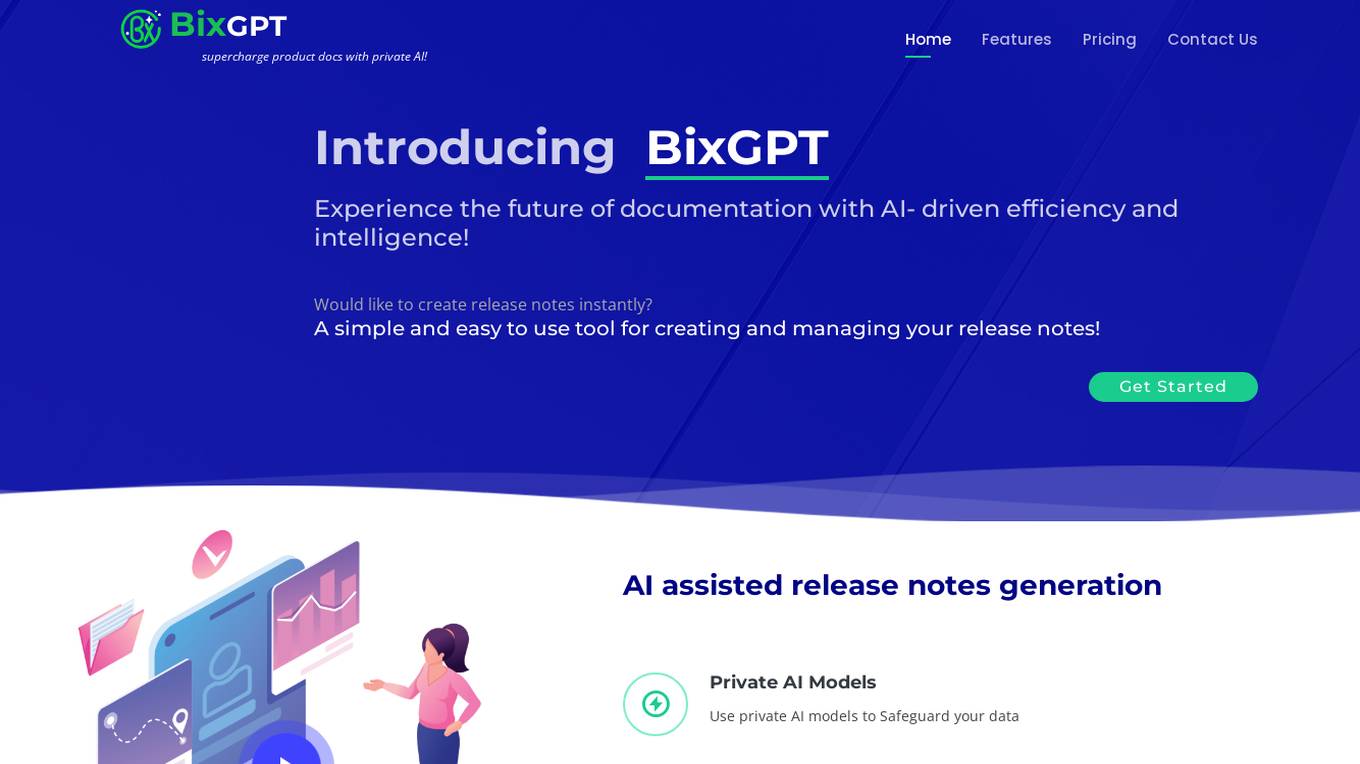
BixGPT
BixGPT is an AI-powered tool designed to supercharge product documentation by leveraging the power of private AI models. It offers features like AI-assisted release notes generation, data encryption, autodiscovery of Jira data, multi-format support, client notifications, and more. With BixGPT, users can create and manage release notes effortlessly while ensuring data privacy and security through the use of private AI models. The tool provides a seamless experience for generating release web pages with custom styling and analytics.
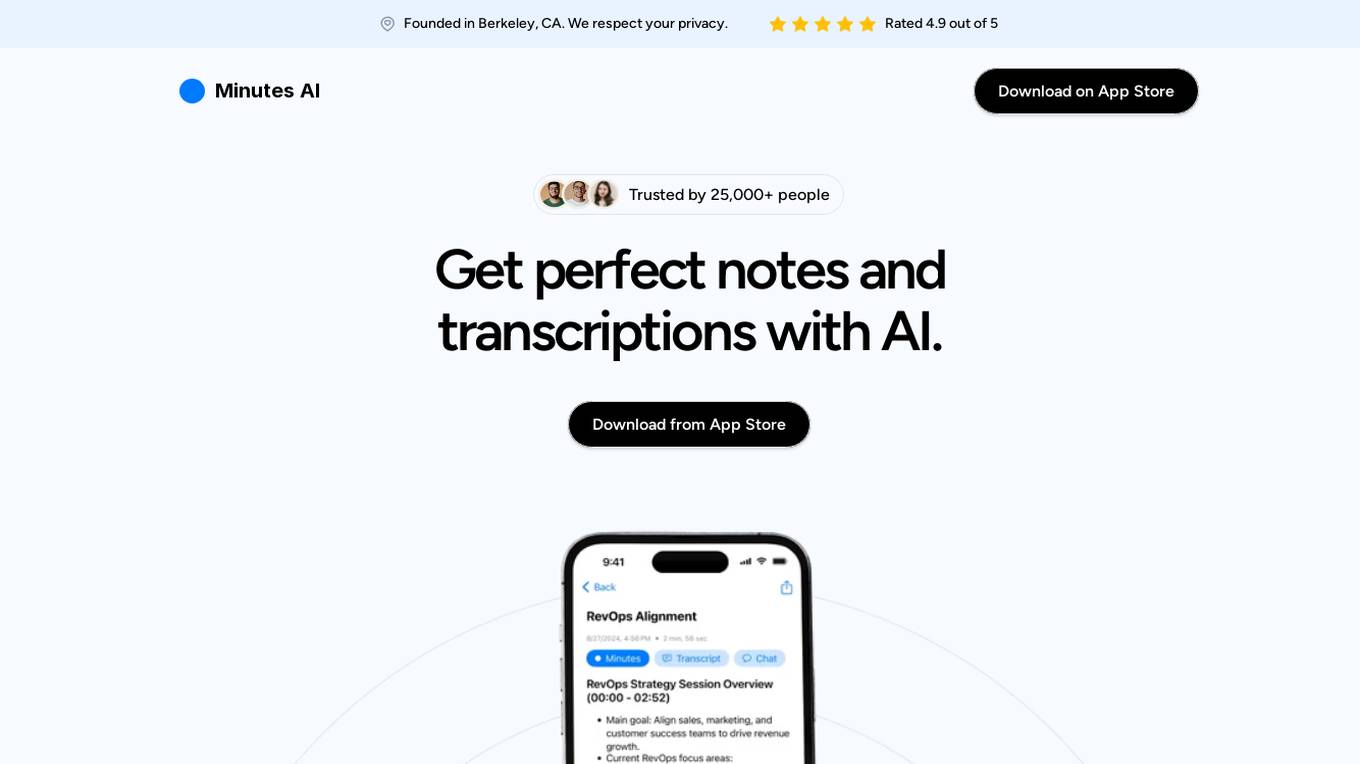
Minutes AI
Minutes AI is an AI-powered note-taking and transcription application designed to help users effortlessly create detailed notes and transcriptions from audio recordings. The app is trusted by over 25,000 professionals and offers features such as automated note-taking, transcription, formatting, and sharing capabilities. With a focus on privacy and security, Minutes AI ensures that user data is never sold or accessed by unrelated third parties. The application supports various audio formats, multiple languages, and provides a seamless user experience for individuals looking to enhance their productivity during meetings, lectures, or any audio-based activities.
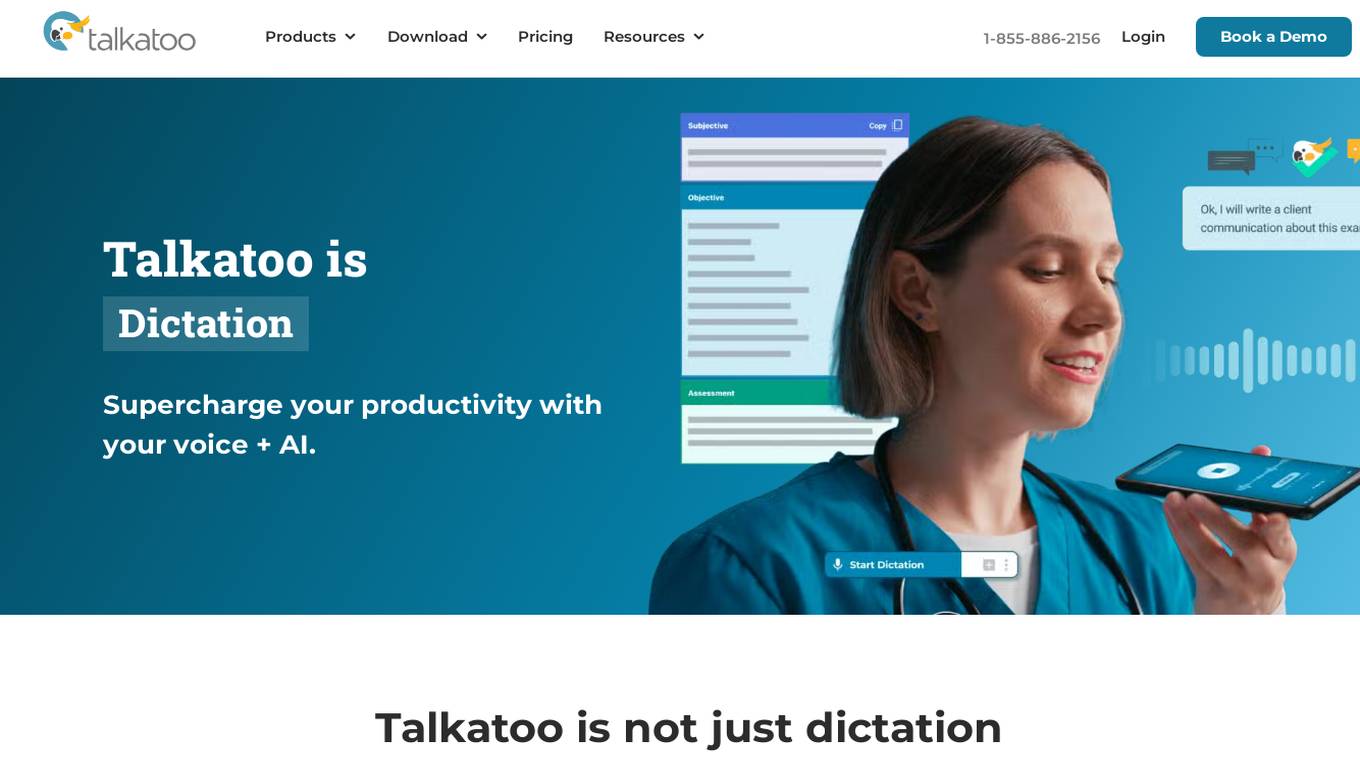
Talkatoo
Talkatoo is a dictation software that uses AI to help veterinarians save time and increase productivity. It offers three levels of control, so you can choose how hands-off you want to be. With Verified, you can simply record your notes and our scribes will verify the accuracy and place them in your PMS for you. With Auto-SOAP Records, you can record an entire exam or dictate your notes after and have Talkatoo auto-magically format the recording into a SOAP note, or other template. With Desktop Dictation, you can dictate in any field, in any app, on Mac or Windows. You can even connect your mobile device as a secure microphone to make the process easier.
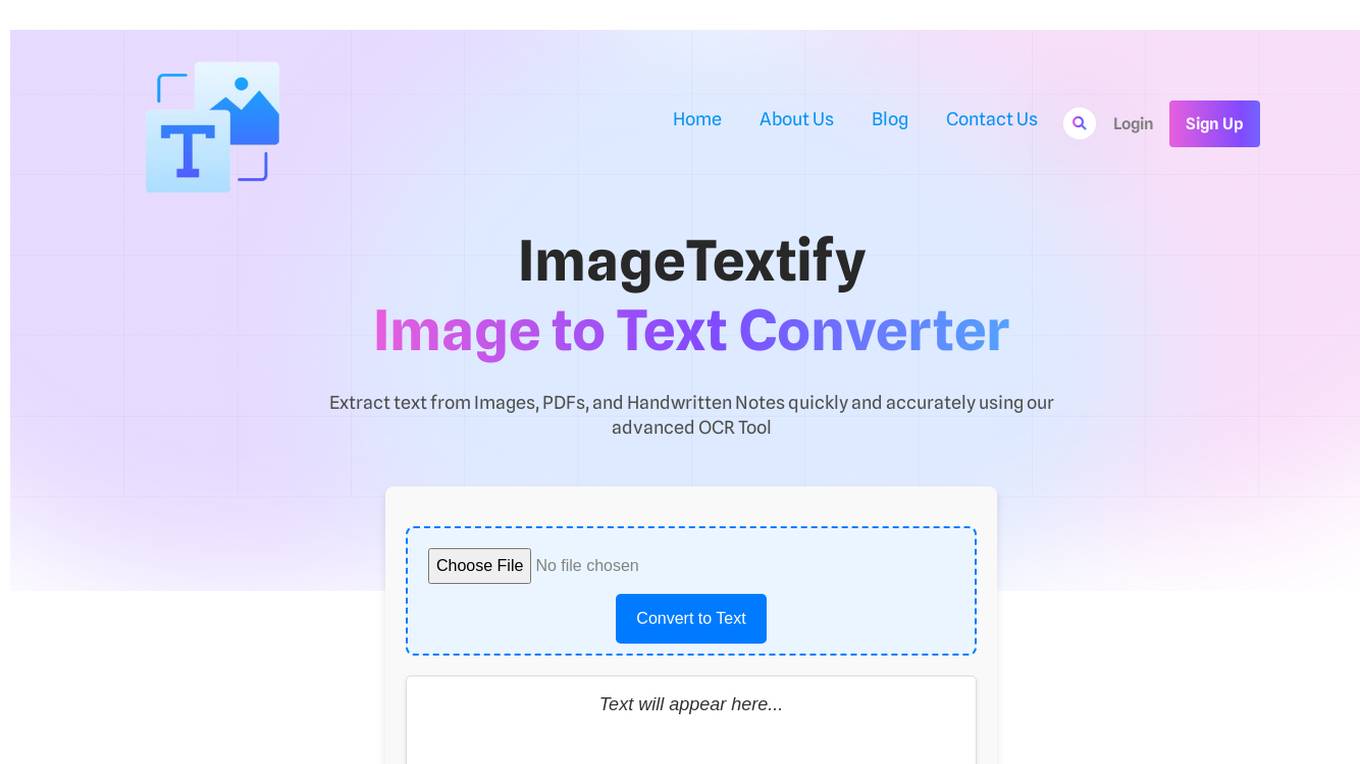
ImageTextify
ImageTextify is a free, AI-powered OCR tool that enables users to extract text from images, PDFs, and handwritten notes with high accuracy and efficiency. The tool offers a wide range of features, including multi-format support, batch processing, and a mobile-friendly interface. ImageTextify is designed to cater to both personal and professional needs, providing a seamless solution for converting images to text. With a focus on privacy, speed, and support for multiple languages and formats, ImageTextify stands out as a reliable and user-friendly OCR tool.
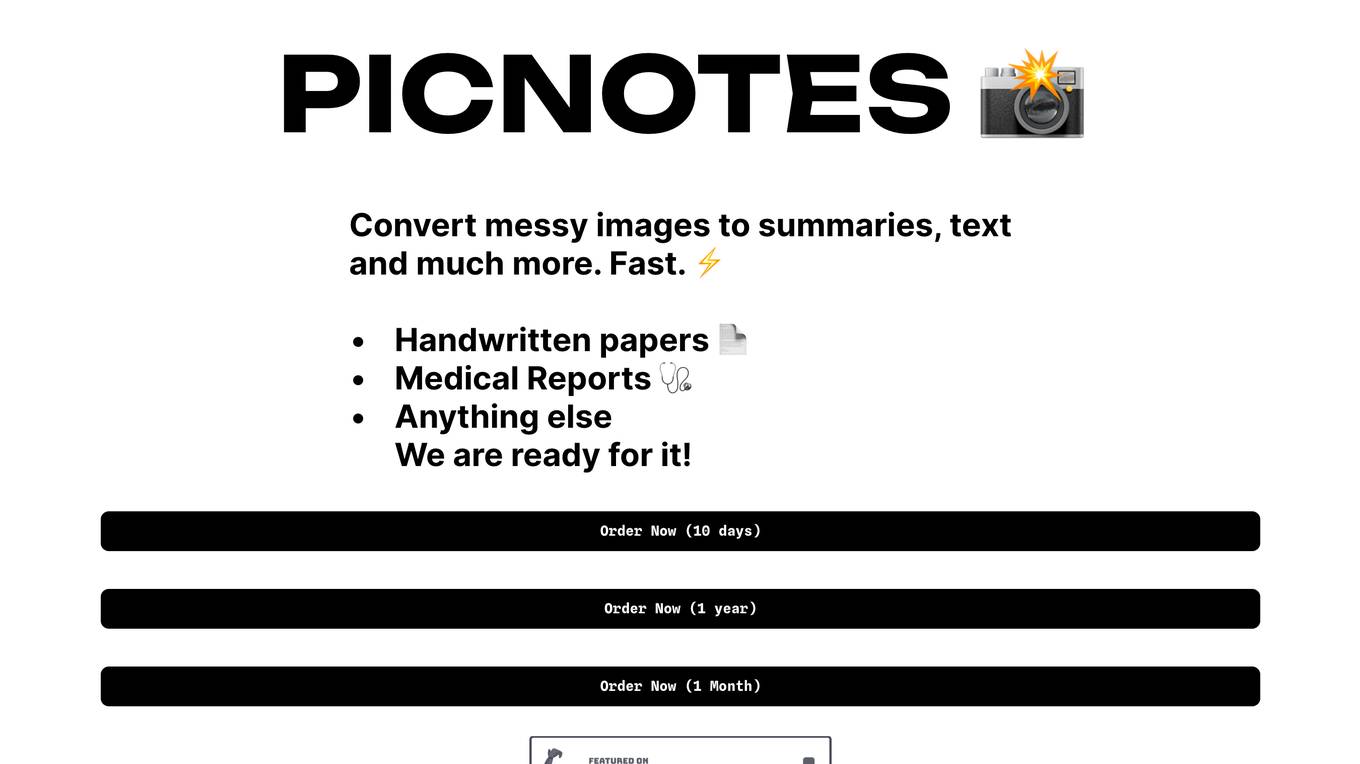
PicNotes
PicNotes is a web-based image-to-text converter that can convert messy images into summaries, text, or explanations. It supports handwritten papers, medical reports, and other types of images. The tool is easy to use: simply upload an image and choose the desired output format. PicNotes will then process the image and return the results within seconds.
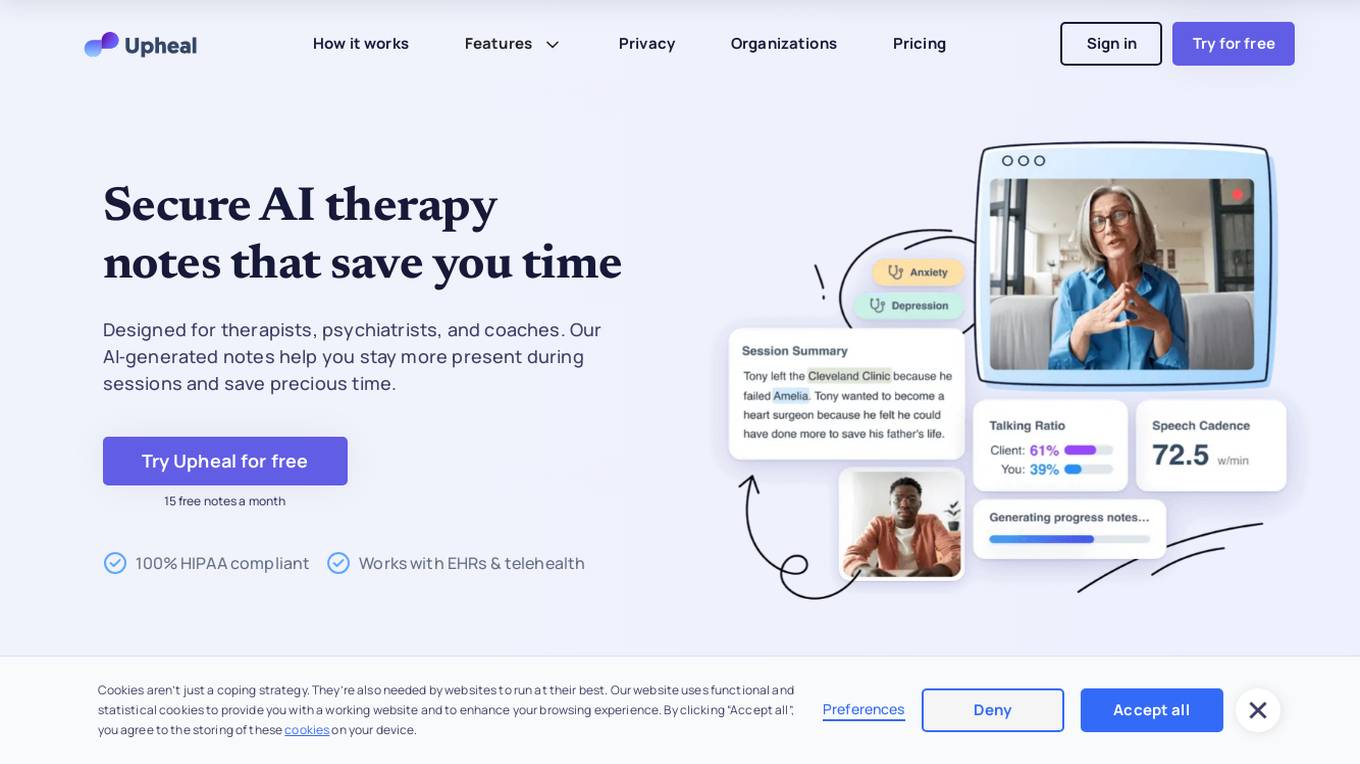
Upheal
Upheal is an AI therapy notes application designed for therapists, psychiatrists, and coaches to streamline the process of creating progress notes, treatment plans, and session analytics. It offers comprehensive client plans, integrations with third-party tools, and scheduling features to enhance workflow efficiency. Upheal's AI technology helps professionals save time and stay more present during sessions, ultimately improving the quality of their work and life. The application supports various therapy formats, client types, languages, and progress notes templates, making it a versatile tool for mental health professionals worldwide.
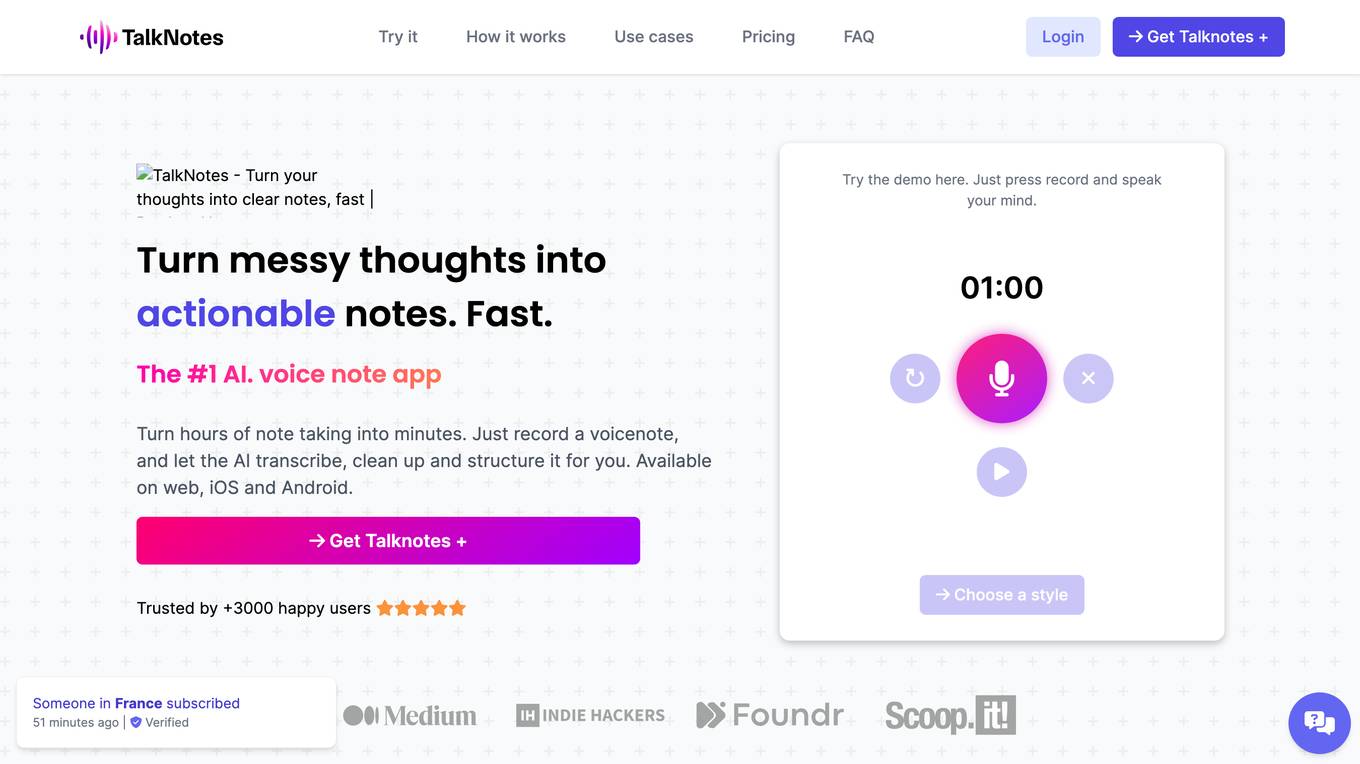
Talknotes
Talknotes is the #1 AI voice note app that transforms messy thoughts into actionable notes. Users can record voice notes and let the AI transcribe, clean up, and structure them. The app supports multiple languages and offers various styles for transcribing voice notes into different formats like blog posts, task lists, and more. With Talknotes, users can effortlessly brainstorm, create content, journal, transcribe interviews, and improve meeting efficiency. The application is trusted by over 10,000 happy users and offers both monthly and yearly pricing plans with secure payment options.
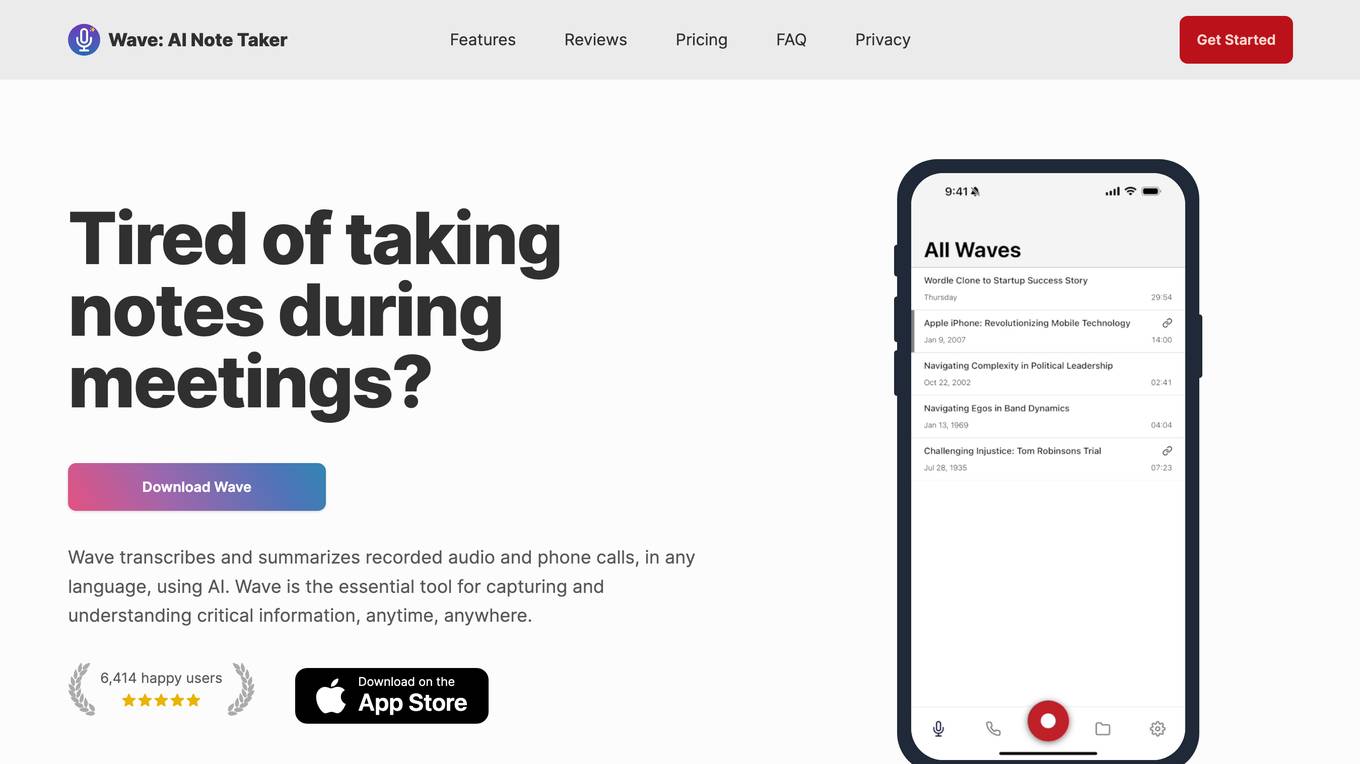
Wave
Wave is an AI-powered transcription and summarization application designed for iOS and Android devices. It allows users to effortlessly record audio, transcribe it into text, and generate concise summaries. With features like multilingual support, phone call capture, and Siri shortcut compatibility, Wave aims to streamline note-taking during meetings, walk and talks, and other important moments. Users can customize the length and format of summaries, share audio recordings easily, and enjoy unlimited recording capabilities. Wave prioritizes user privacy and offers different pricing plans based on recording needs.
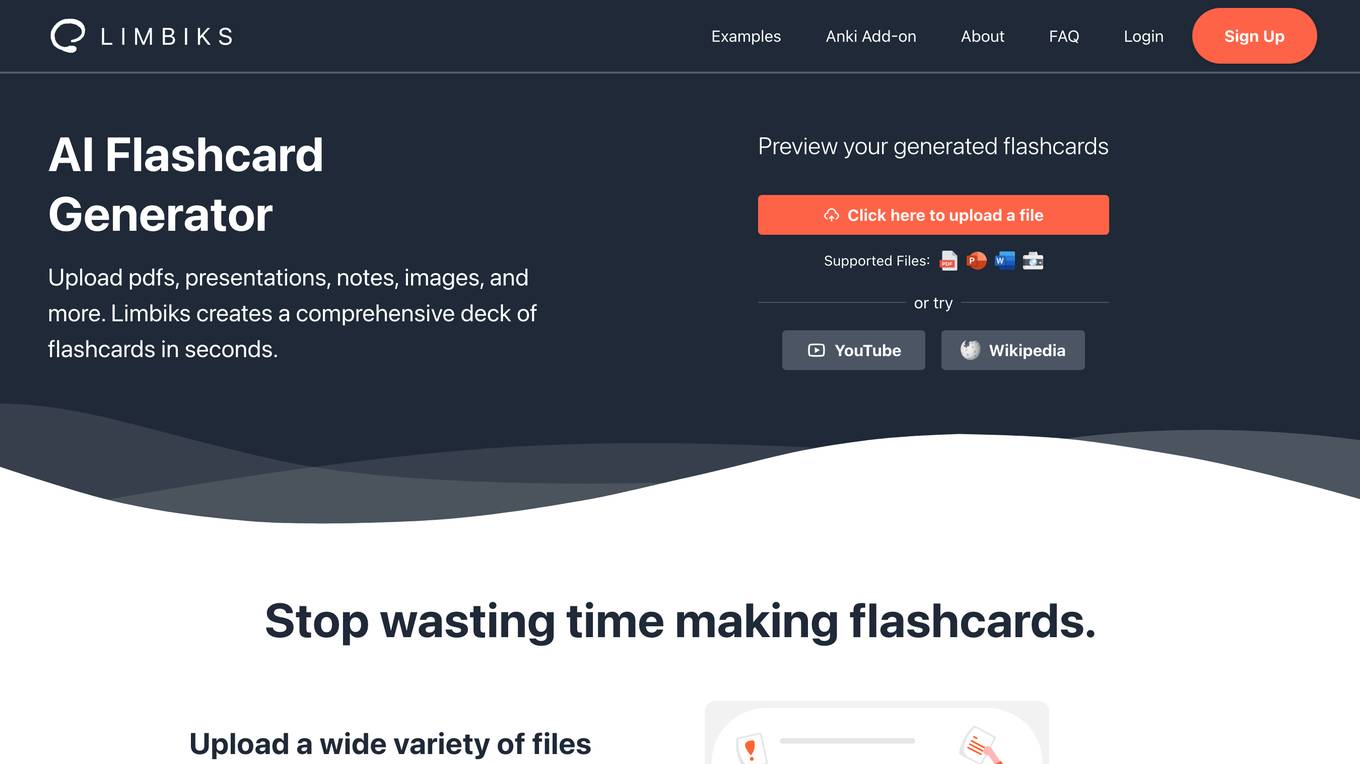
Limbiks
Limbiks is an AI-powered flashcard generator that helps users create comprehensive decks of flashcards in seconds. It supports a wide variety of file formats, including PDFs, presentations, documents, images, YouTube videos, and Wikipedia articles. Limbiks also provides easy-to-use study tools, such as practice tests, study guides, hints, and explanations. With support for over 20 languages, Limbiks is a valuable tool for students and professionals alike.
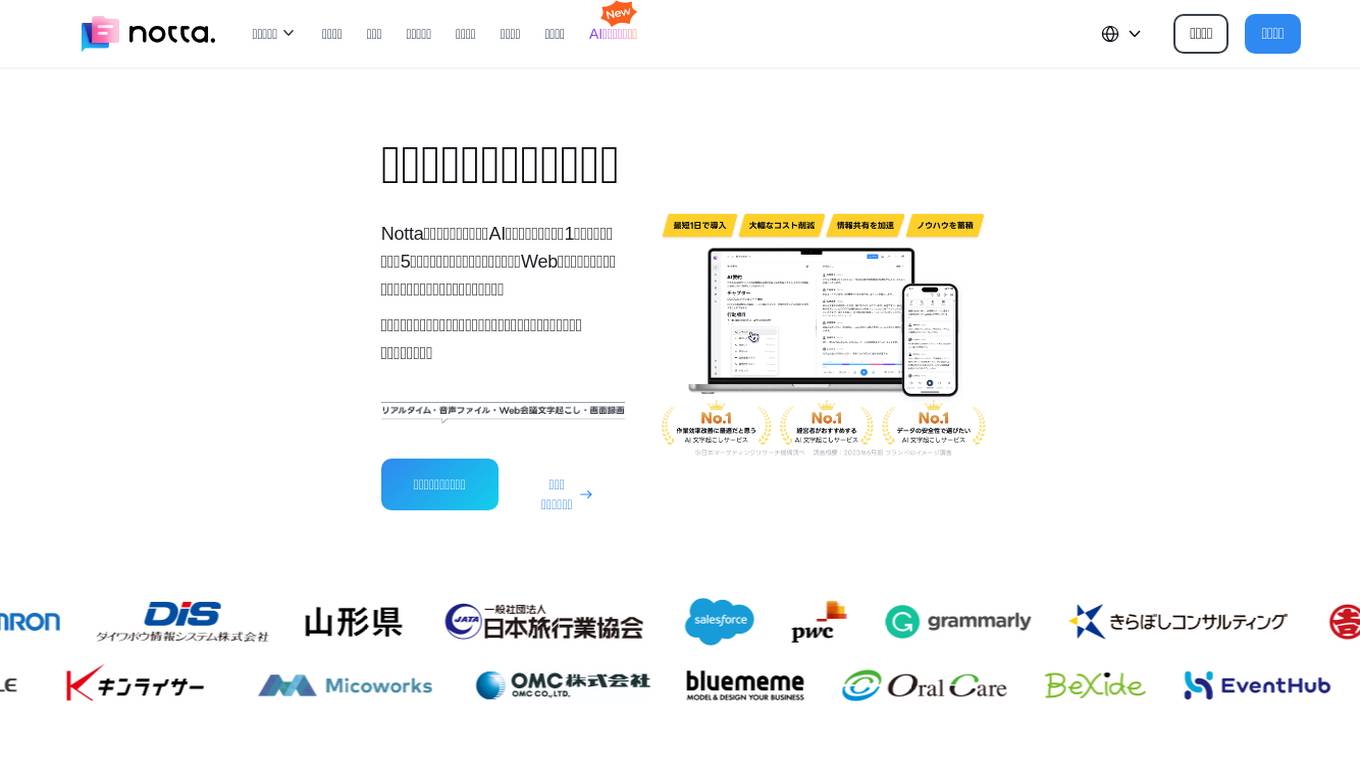
Notta
Notta is an AI-powered note-taking app that helps you organize, search, and share your notes. With Notta, you can easily create and manage notebooks, add tags and labels to your notes, and collaborate with others in real-time. Notta also offers a variety of features to help you stay organized, including a built-in search engine, a customizable interface, and support for a variety of file formats. Whether you're a student, a professional, or just someone who wants to get more organized, Notta is the perfect note-taking app for you.
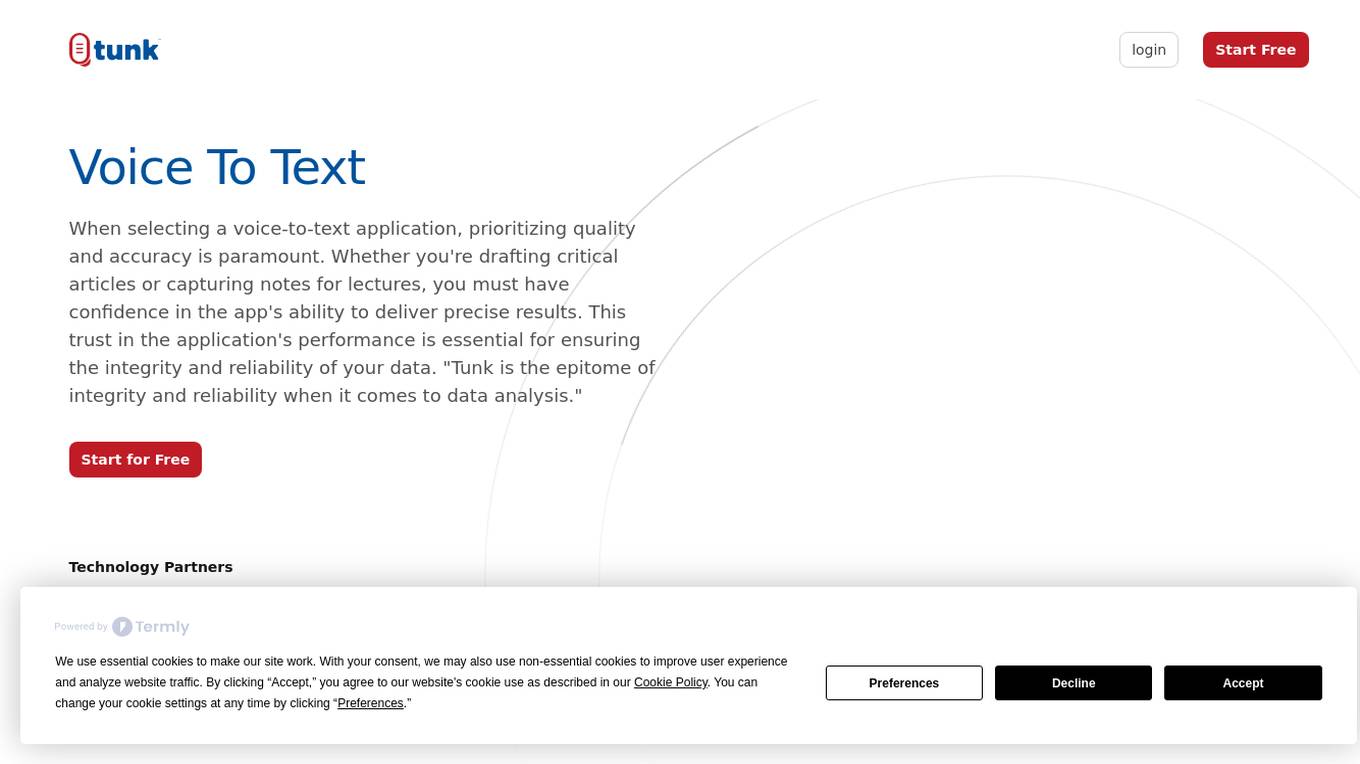
Tunk
Tunk is a cutting-edge voice-to-text application that prioritizes quality and accuracy. It offers fast and precise transcription services, ensuring integrity and reliability in data analysis. With advanced encryption methods, Tunk guarantees privacy and security for user data. The application is user-friendly, supporting multiple file formats for seamless export. Tunk's AI technology continuously improves to deliver crystal-clear transcripts efficiently.
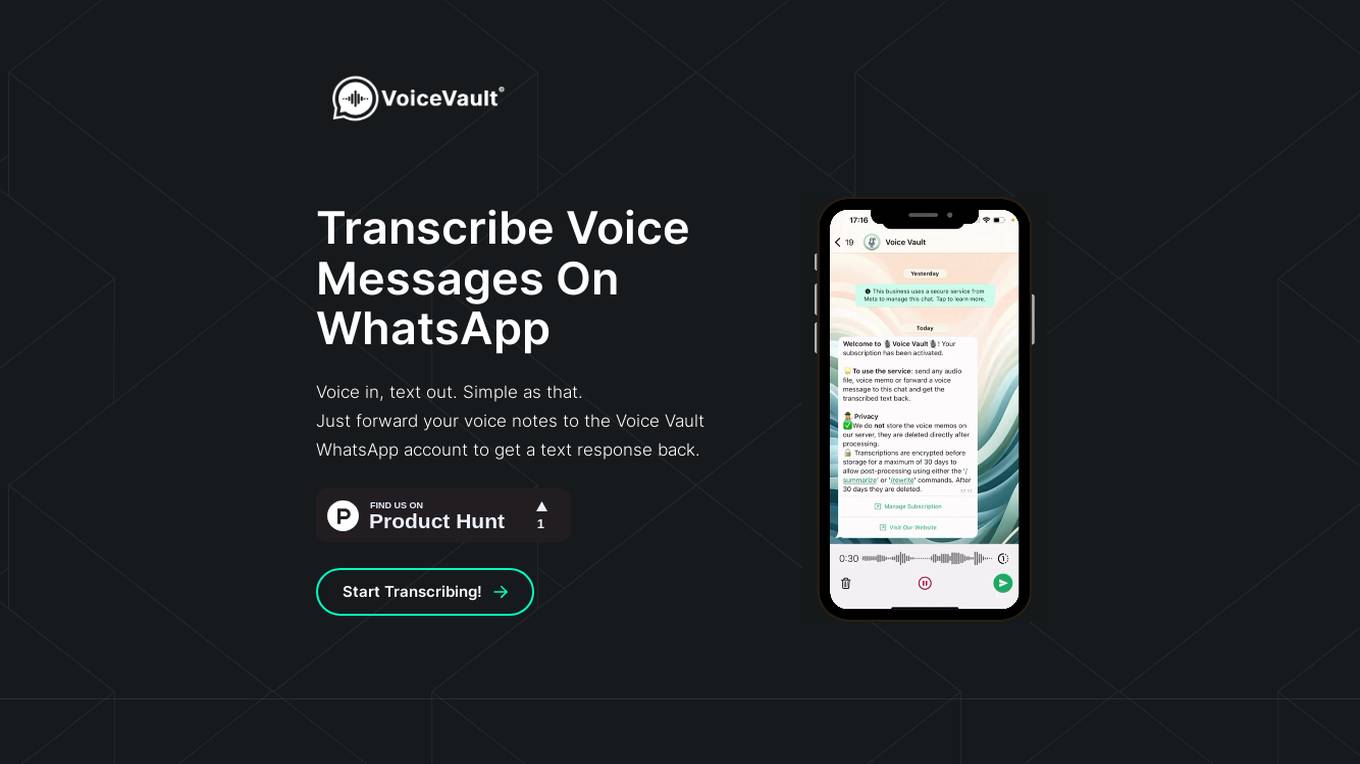
Voice Vault
Voice Vault is an AI tool that transcribes voice messages on WhatsApp. It allows users to forward voice notes to the Voice Vault WhatsApp account to receive a text response back. The application simplifies tasks such as searching through voice memos, content writing, note-taking, and more. Voice Vault offers two pricing plans with different features, including support for various audio formats and languages. The tool prioritizes user privacy by not storing voice memos and ensuring data is not used for training AI models.
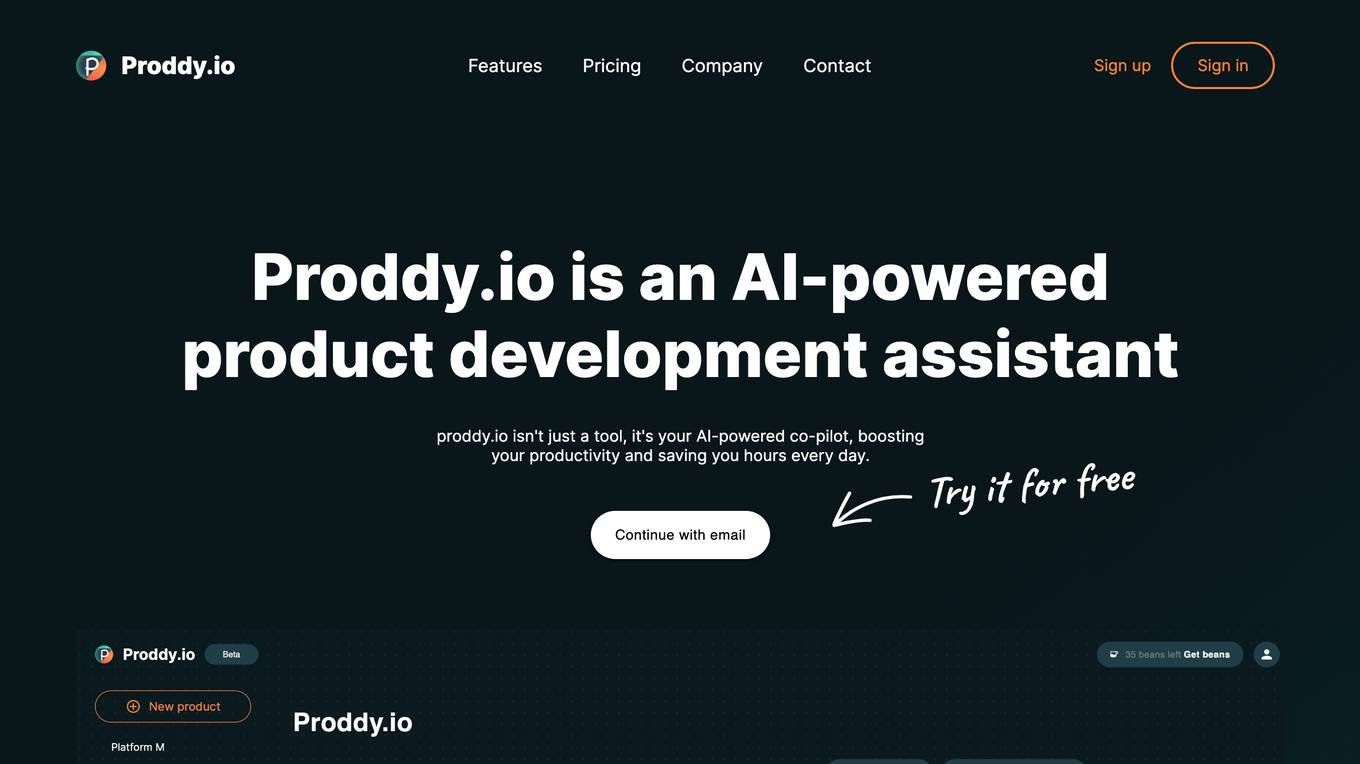
Proddy.io
Proddy.io is an AI-powered product development assistant that serves as a specialized portal to expert Product Management. It utilizes cutting-edge AI technology to streamline product management practices, turning basic instructions into formal documentation. Proddy.io acts as a co-pilot, boosting productivity, saving time, and optimizing the product development process for Product Managers, founders, entrepreneurs, and small businesses.
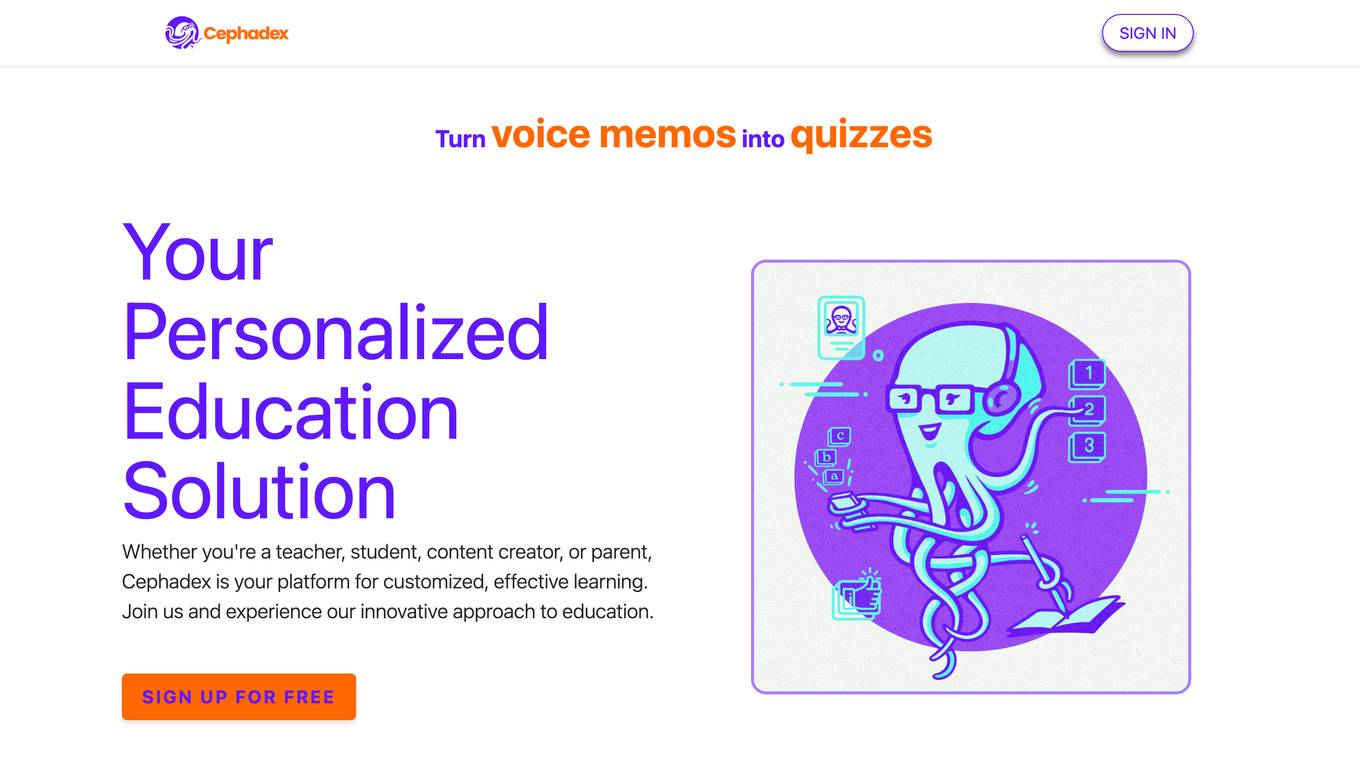
Cephadex
Cephadex is an AI-powered educational platform that provides personalized learning experiences for teachers, students, content creators, and parents. It offers a range of features to transform educational content into interactive and engaging formats, including the ability to create custom flashcards, worksheets, and quizzes from various input sources such as PDFs, videos, and web pages. Cephadex also utilizes spaced repetition and gamification techniques to enhance learning retention and engagement.
3 - Open Source AI Tools
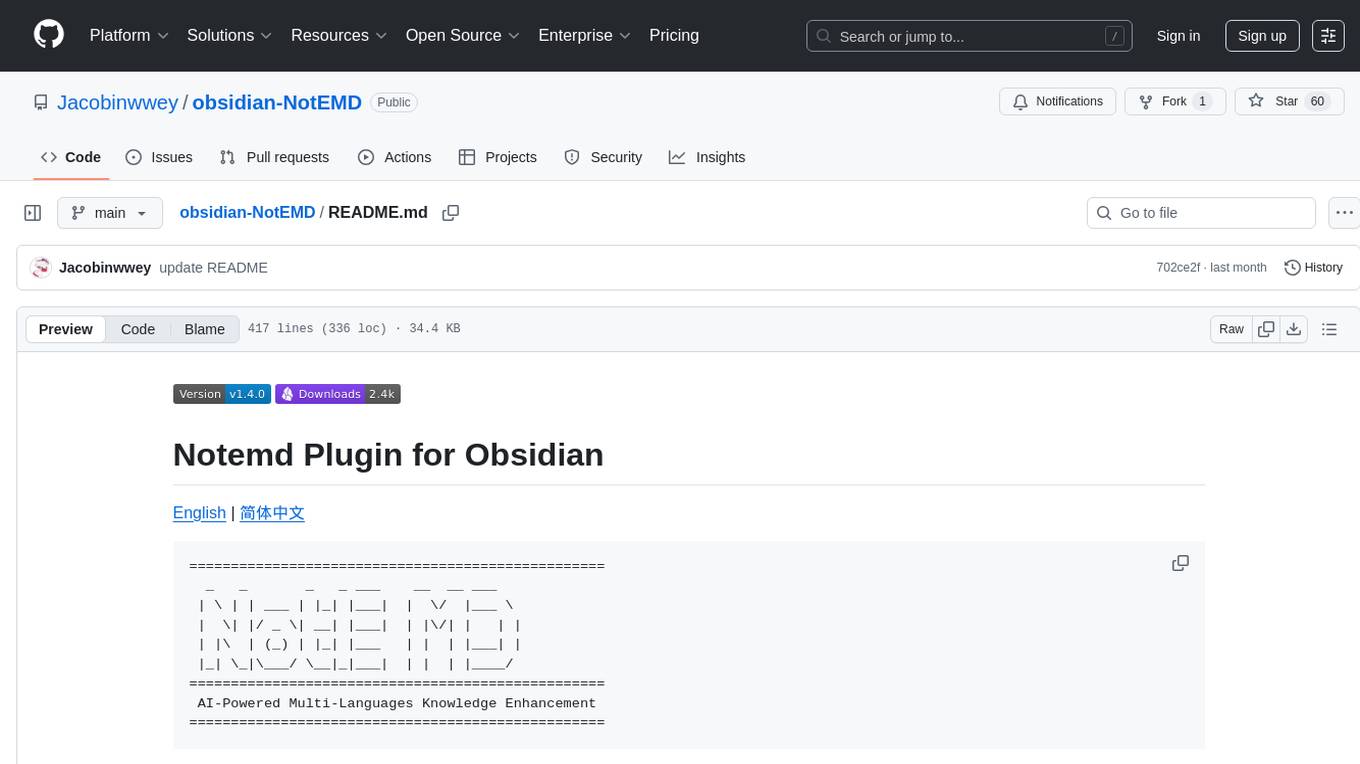
obsidian-NotEMD
Obsidian-NotEMD is a plugin for the Obsidian note-taking app that allows users to export notes in various formats without converting them to EMD. It simplifies the process of sharing and collaborating on notes by providing seamless export options. With Obsidian-NotEMD, users can easily export their notes to PDF, HTML, Markdown, and other formats directly from Obsidian, saving time and effort. This plugin enhances the functionality of Obsidian by streamlining the export process and making it more convenient for users to work with their notes across different platforms and applications.
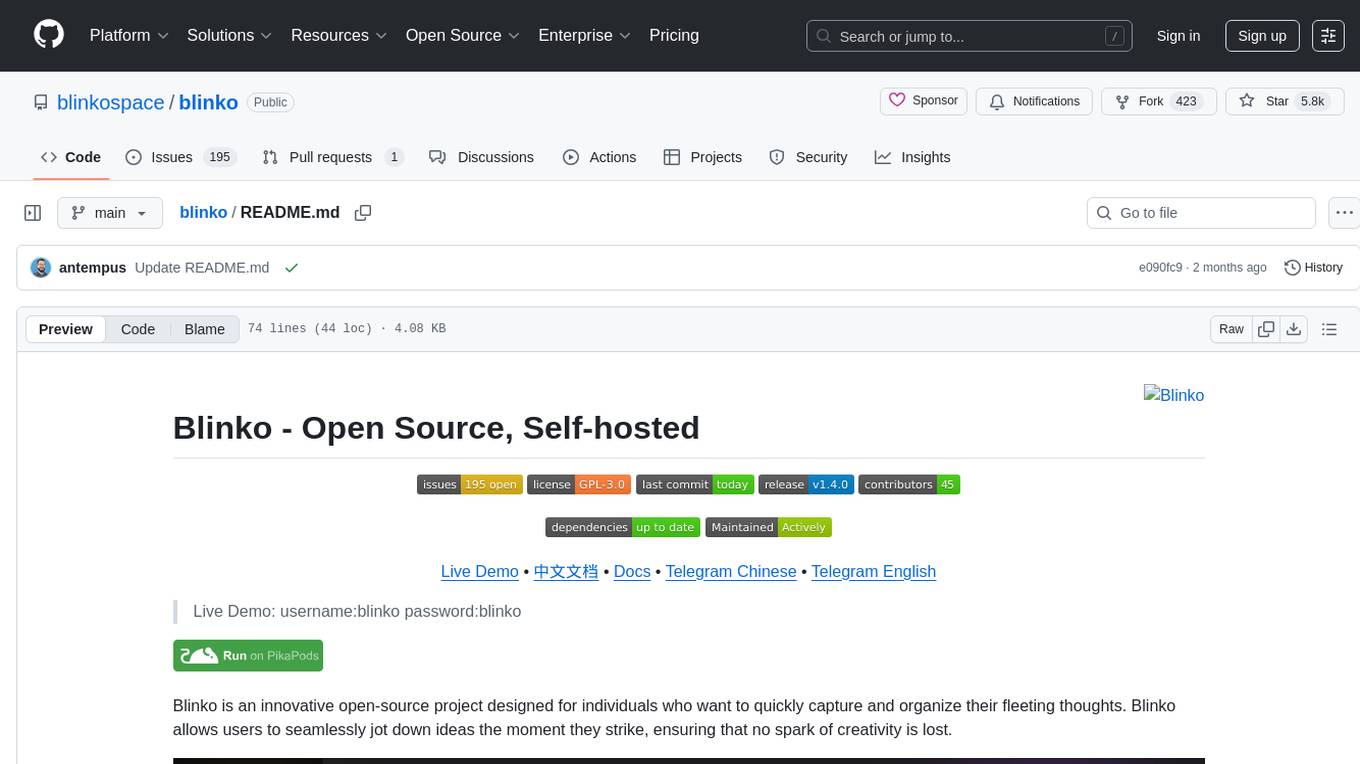
blinko
Blinko is an innovative open-source project designed for individuals who want to quickly capture and organize their fleeting thoughts. It allows users to seamlessly jot down ideas, ensuring no spark of creativity is lost. With AI-enhanced note retrieval, data ownership, efficient and fast note-taking, lightweight architecture, and open collaboration, Blinko offers a robust platform for managing and accessing notes effortlessly.
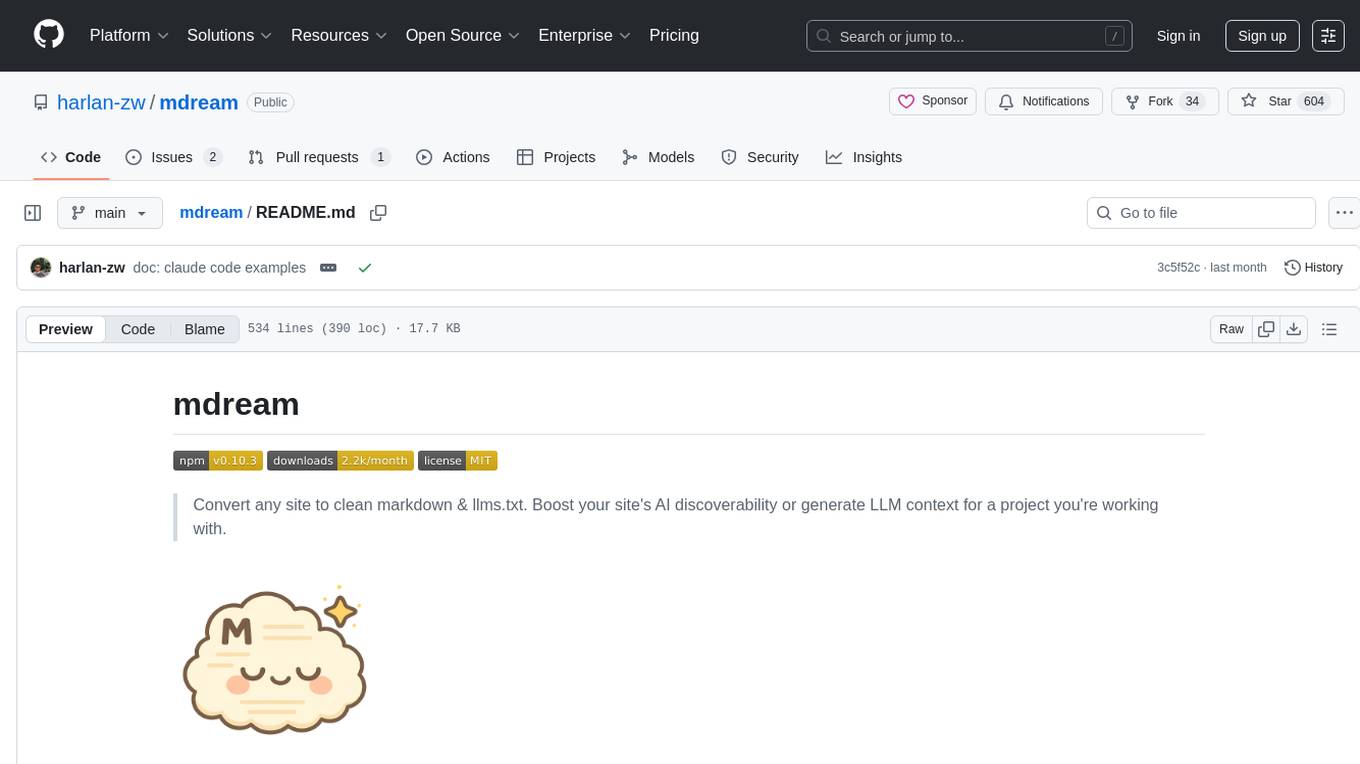
mdream
Mdream is a lightweight and user-friendly markdown editor designed for developers and writers. It provides a simple and intuitive interface for creating and editing markdown files with real-time preview. The tool offers syntax highlighting, markdown formatting options, and the ability to export files in various formats. Mdream aims to streamline the writing process and enhance productivity for individuals working with markdown documents.
20 - OpenAI Gpts
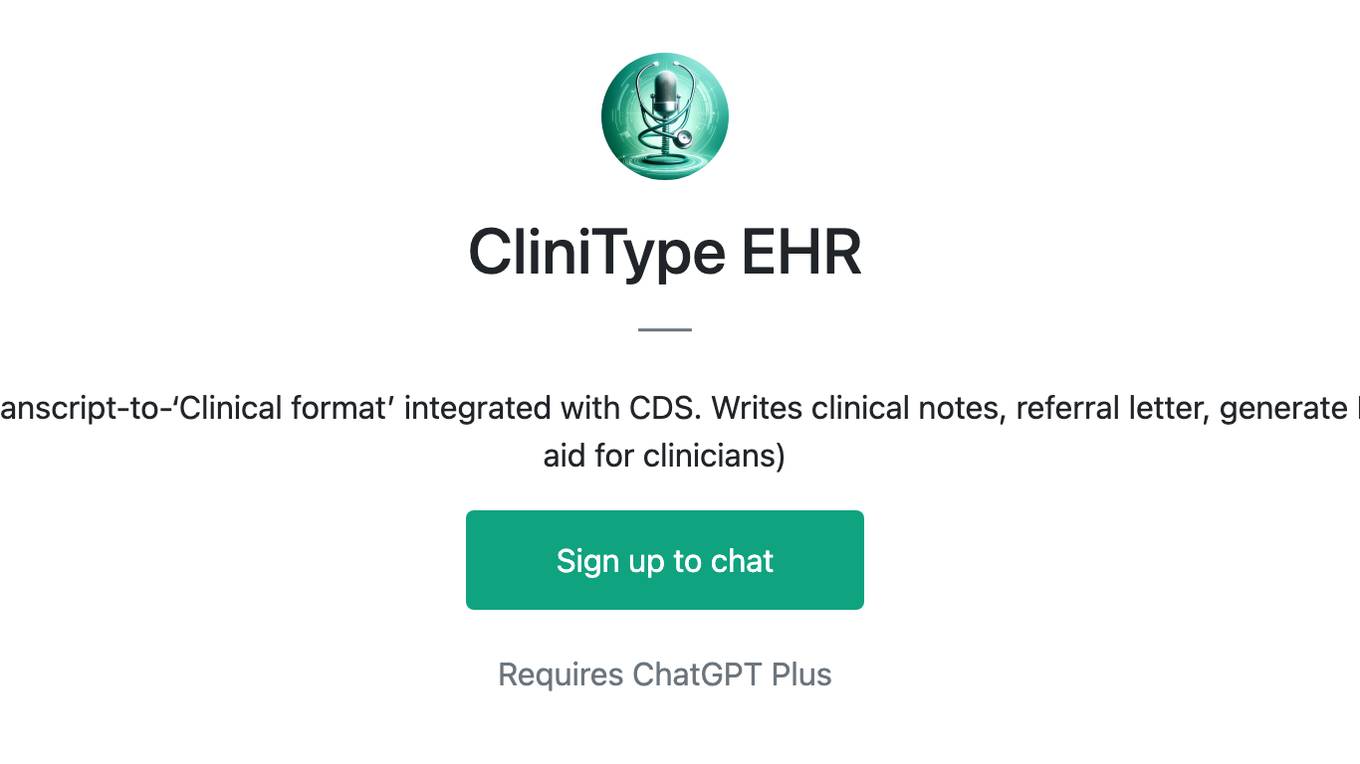
CliniType EHR
Voice-to-text, Vision-to-text transcription, Transcript-to-‘Clinical format’ integrated with CDS. Writes clinical notes, referral letter, generate PDF,prepare discharge summary. (Ultimate aid for clinicians)
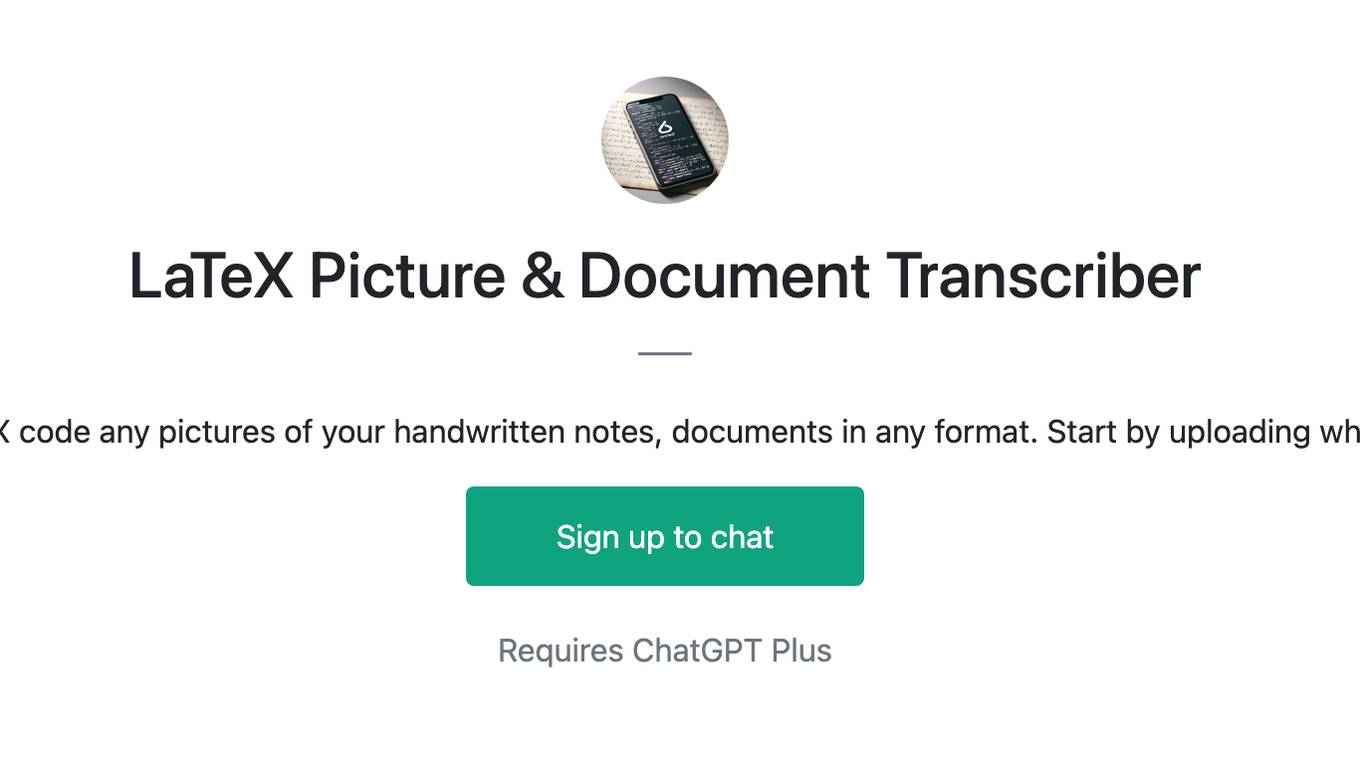
LaTeX Picture & Document Transcriber
Convert into usable LaTeX code any pictures of your handwritten notes, documents in any format. Start by uploading what you need to convert.
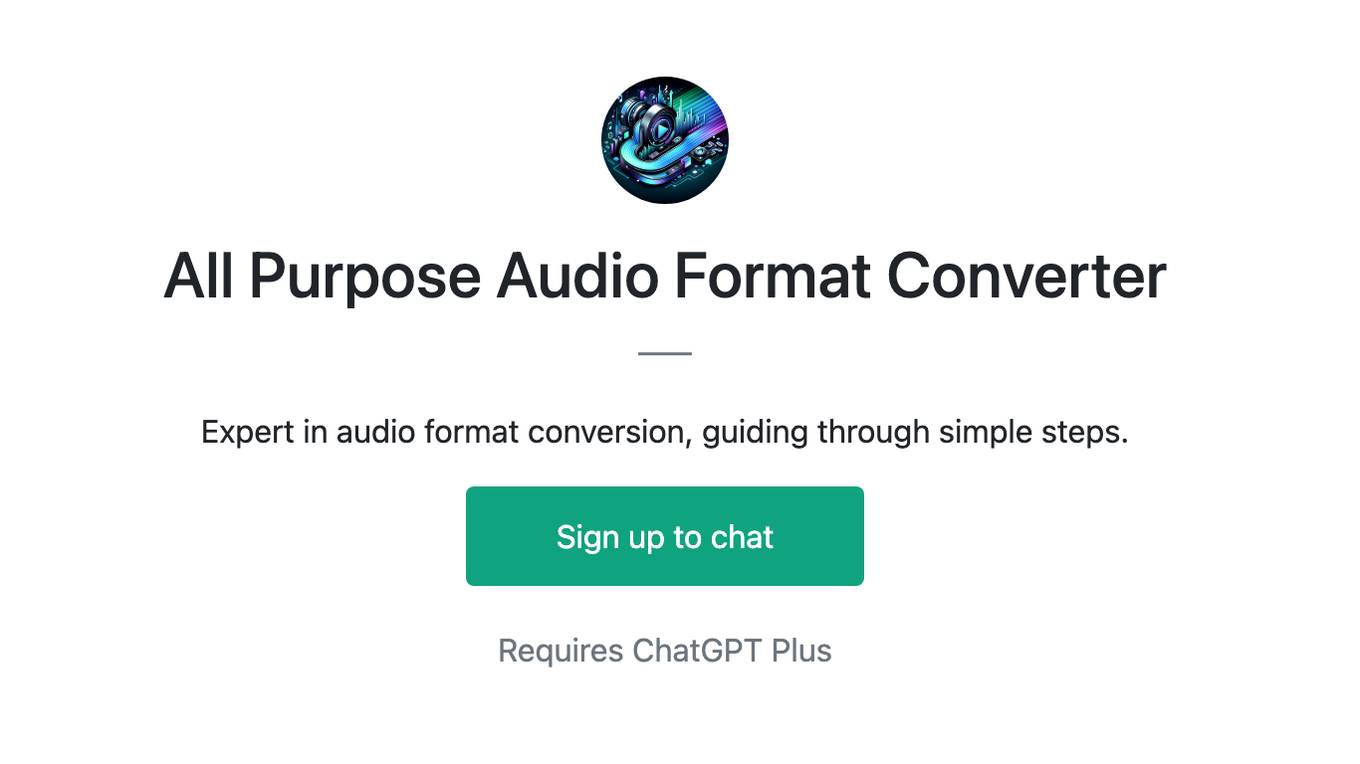
All Purpose Audio Format Converter
Expert in audio format conversion, guiding through simple steps.
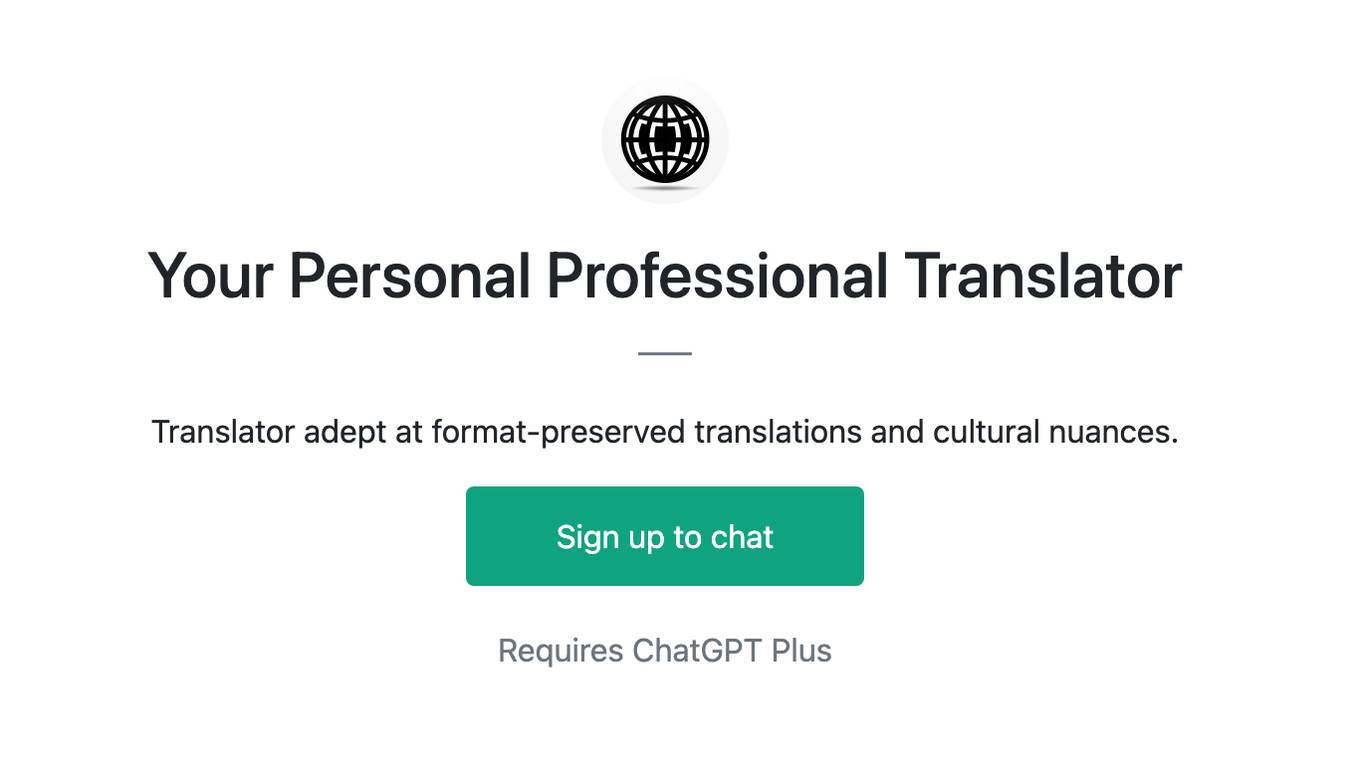
Your Personal Professional Translator
Translator adept at format-preserved translations and cultural nuances.
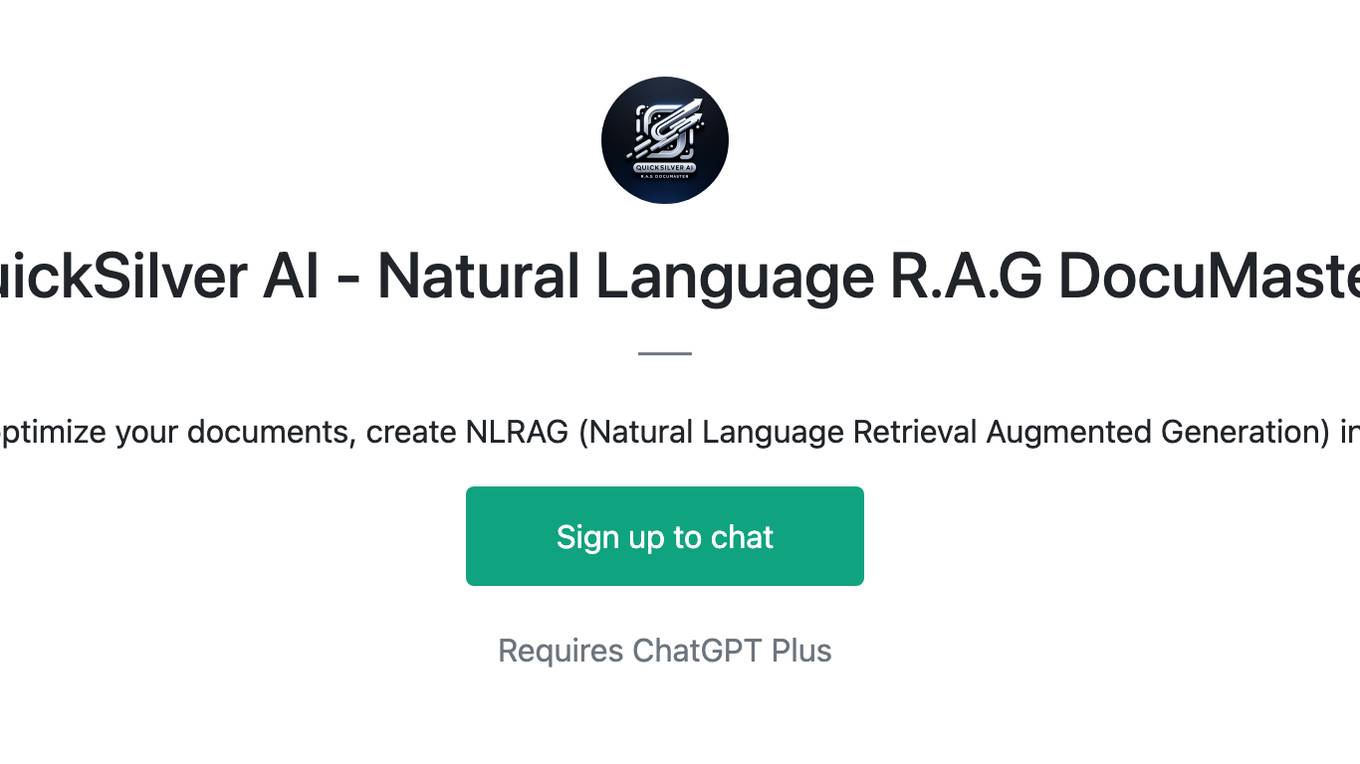
QuickSilver AI - Natural Language R.A.G DocuMaster
Easily format and optimize your documents, create NLRAG (Natural Language Retrieval Augmented Generation) indexes and more!
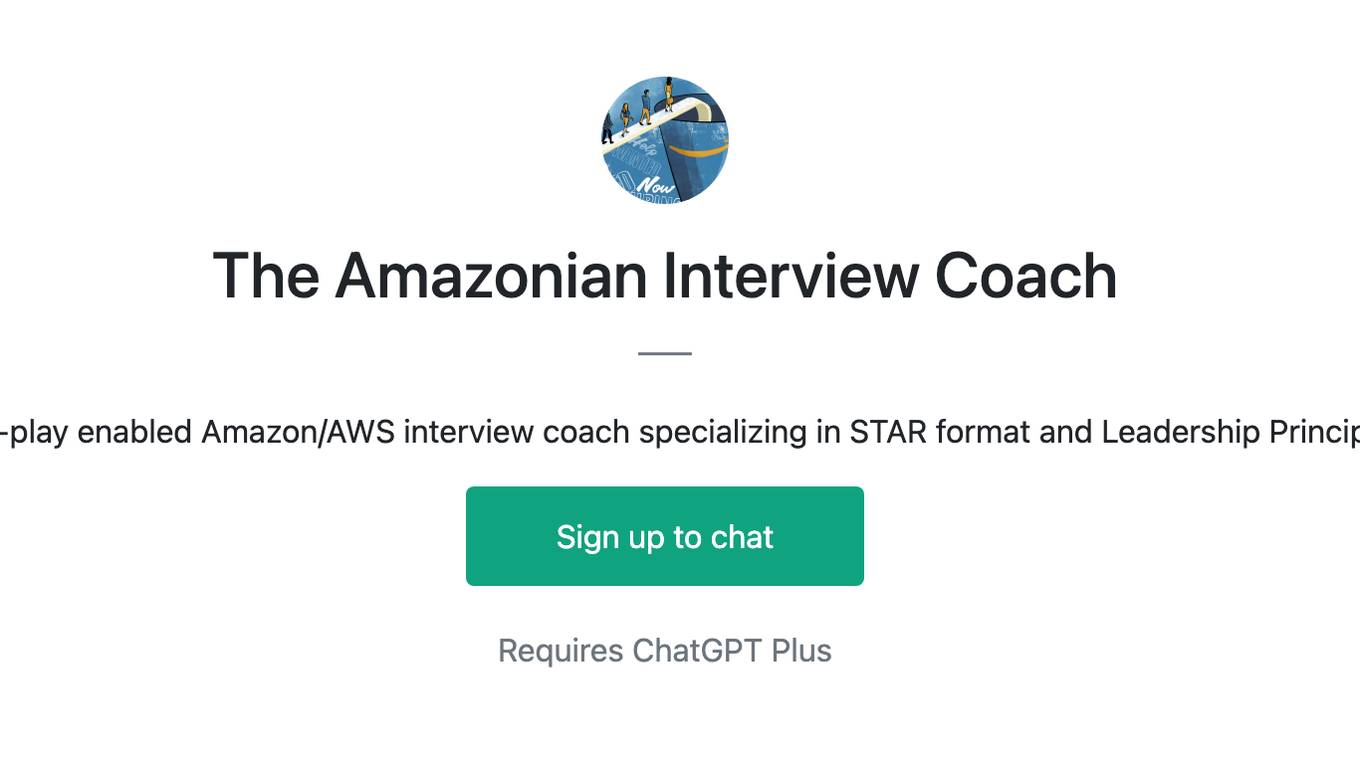
The Amazonian Interview Coach
A role-play enabled Amazon/AWS interview coach specializing in STAR format and Leadership Principles.
